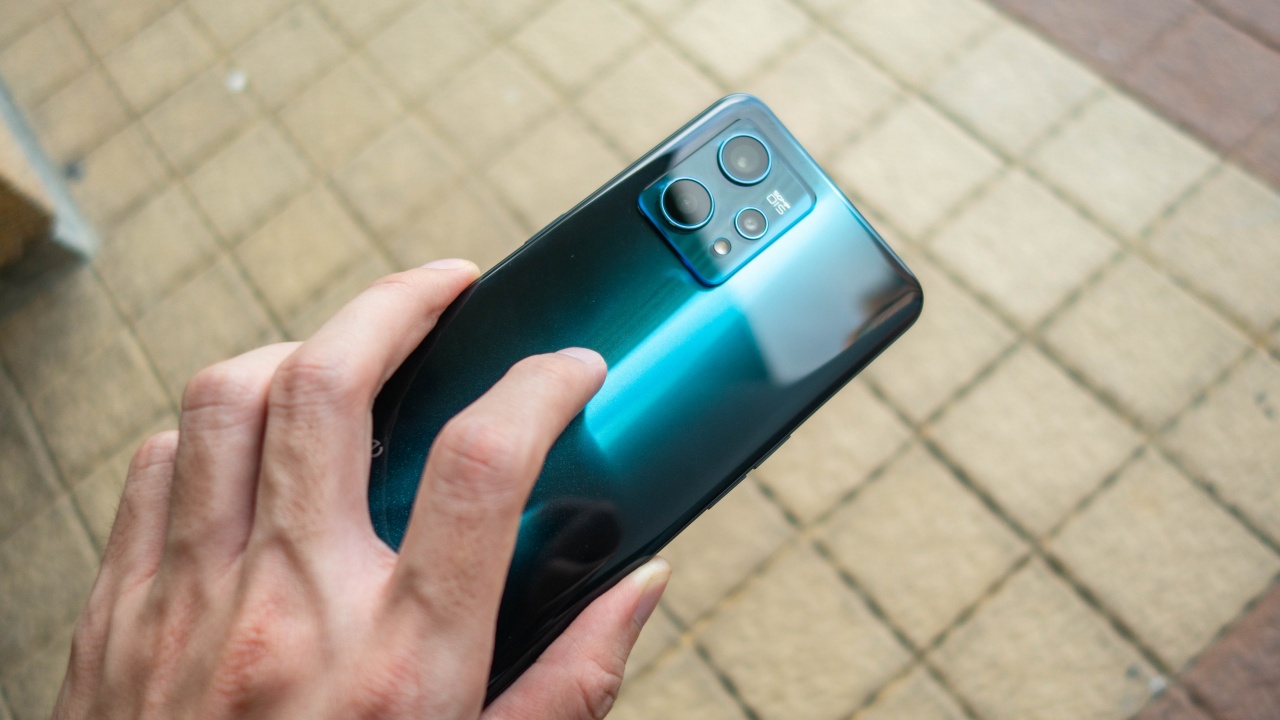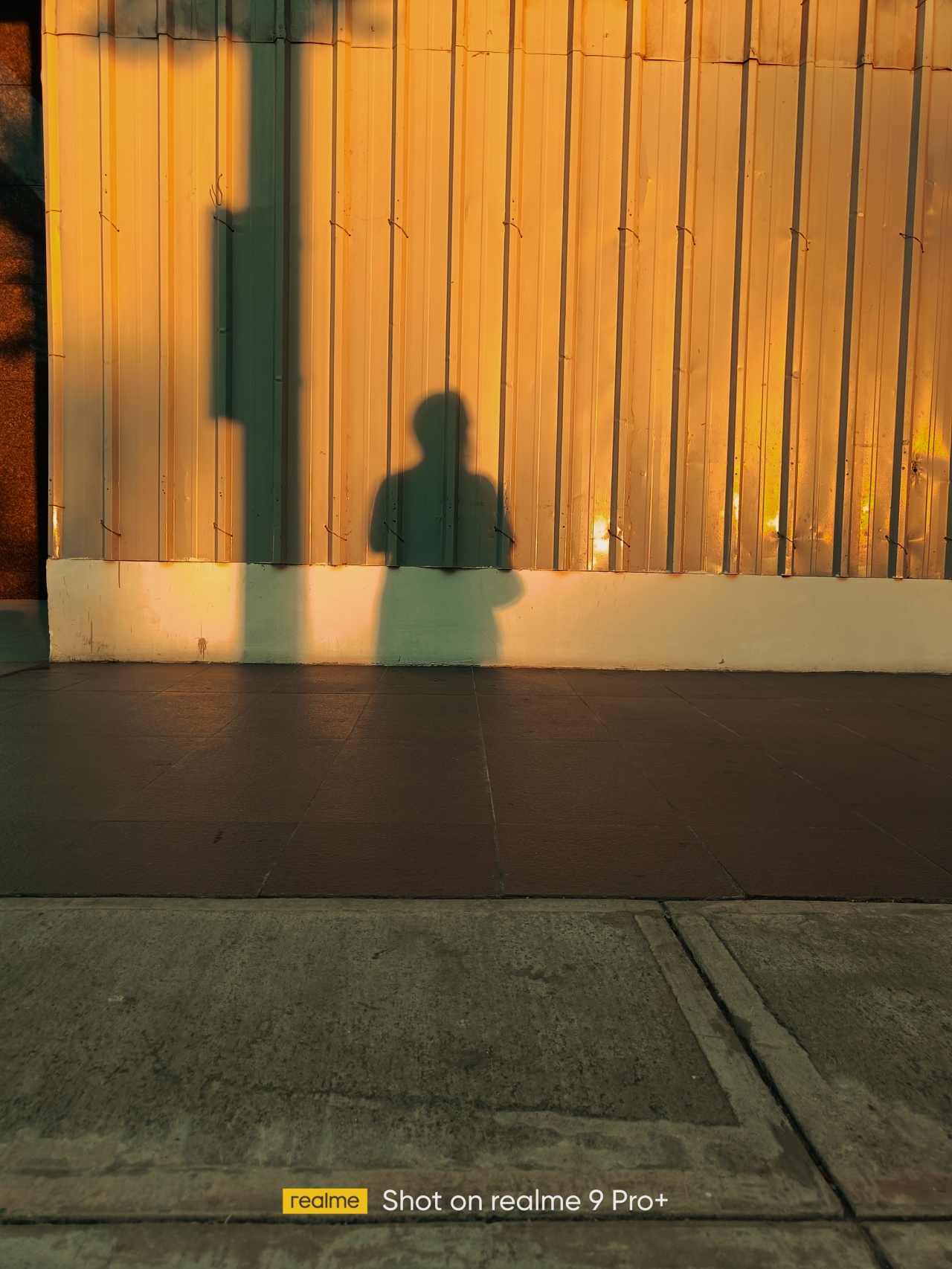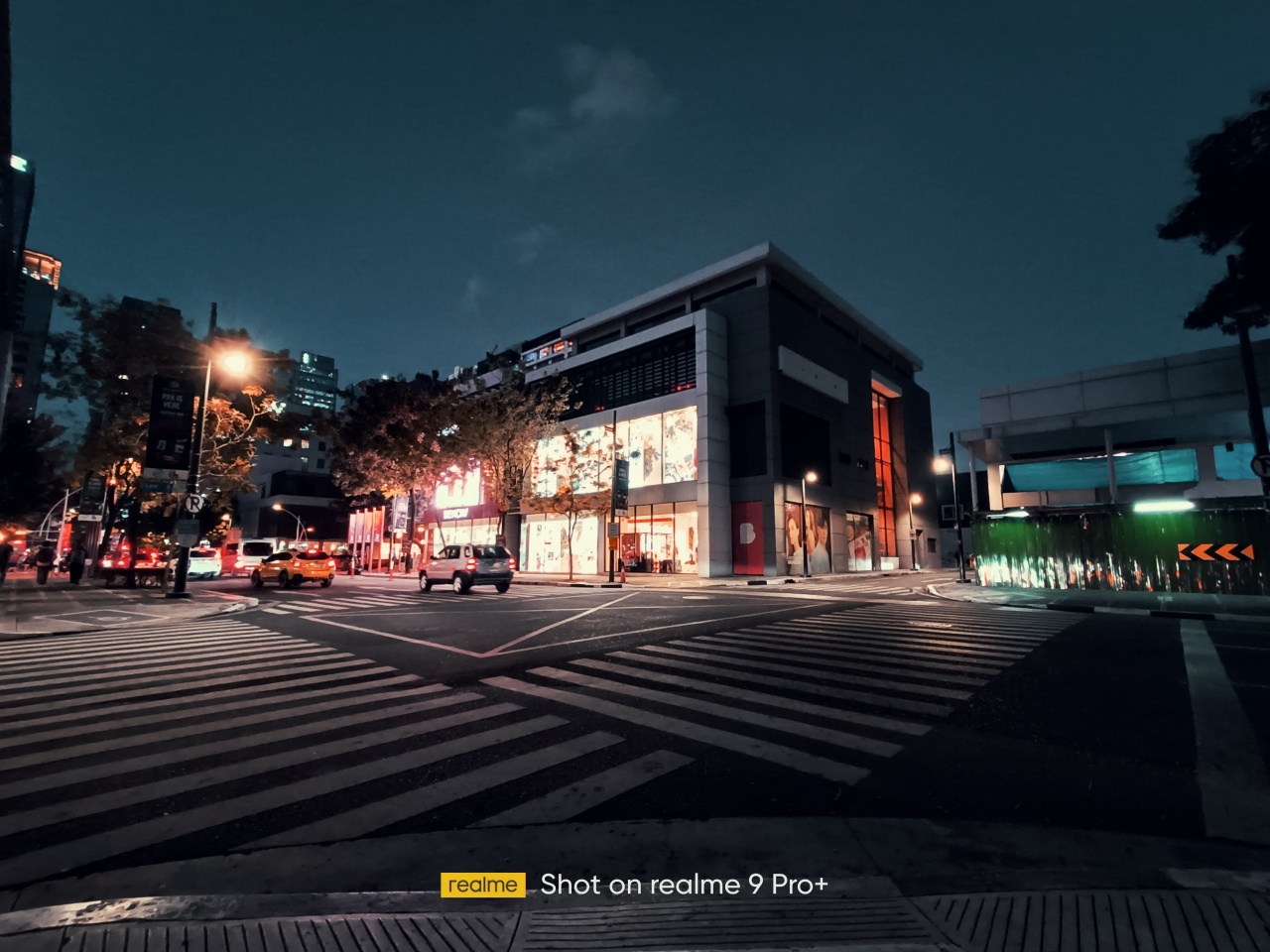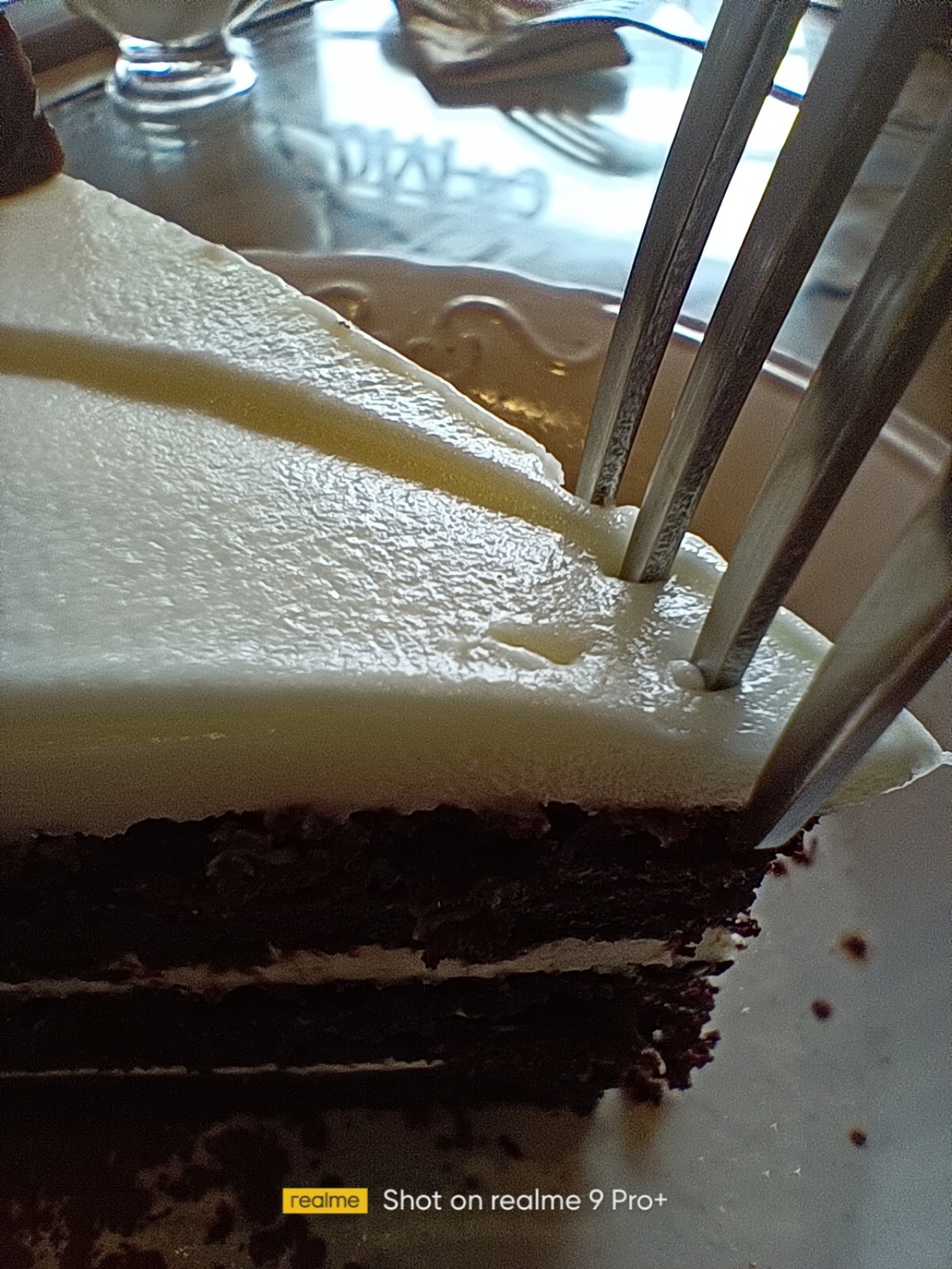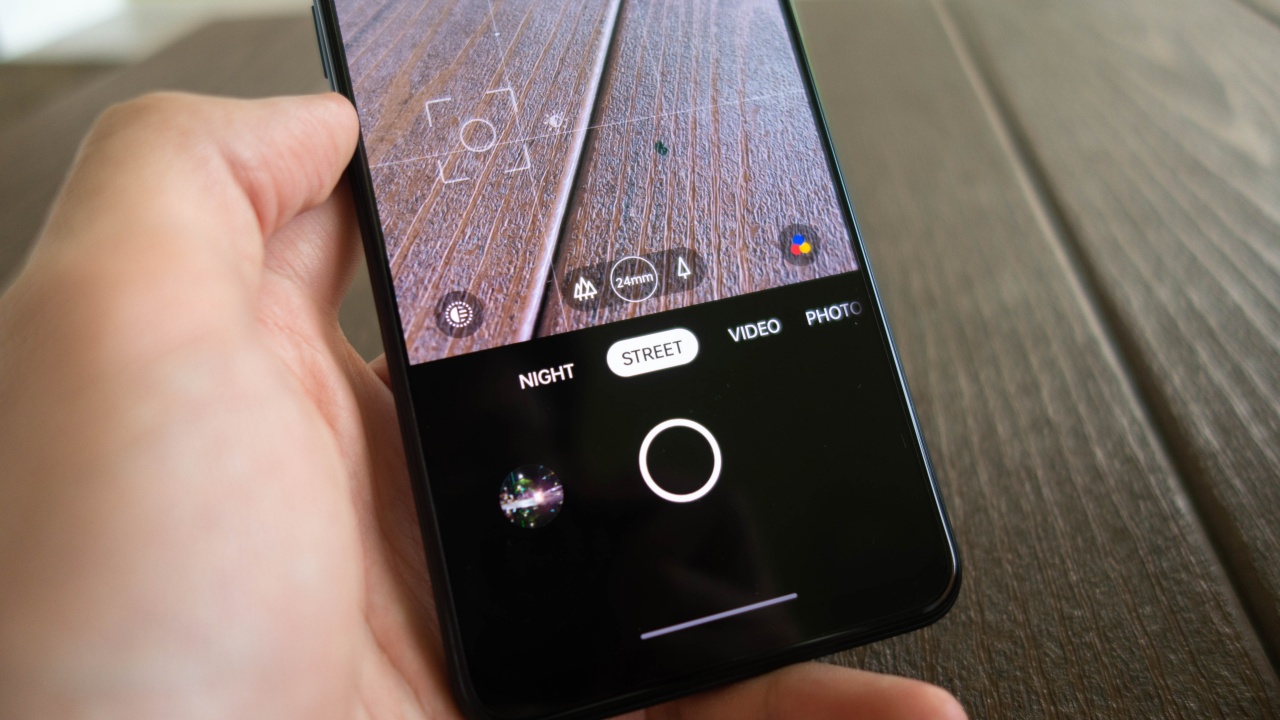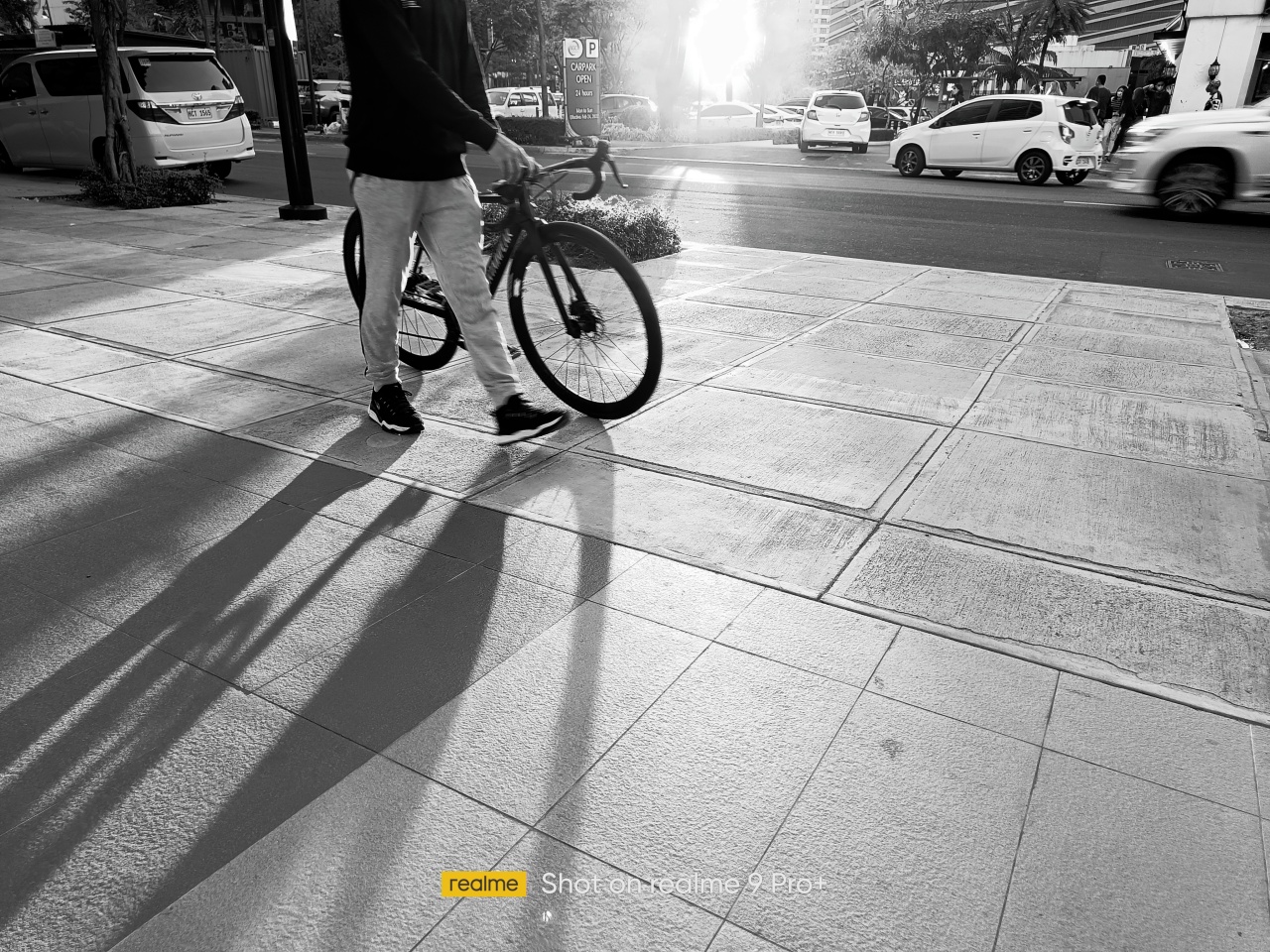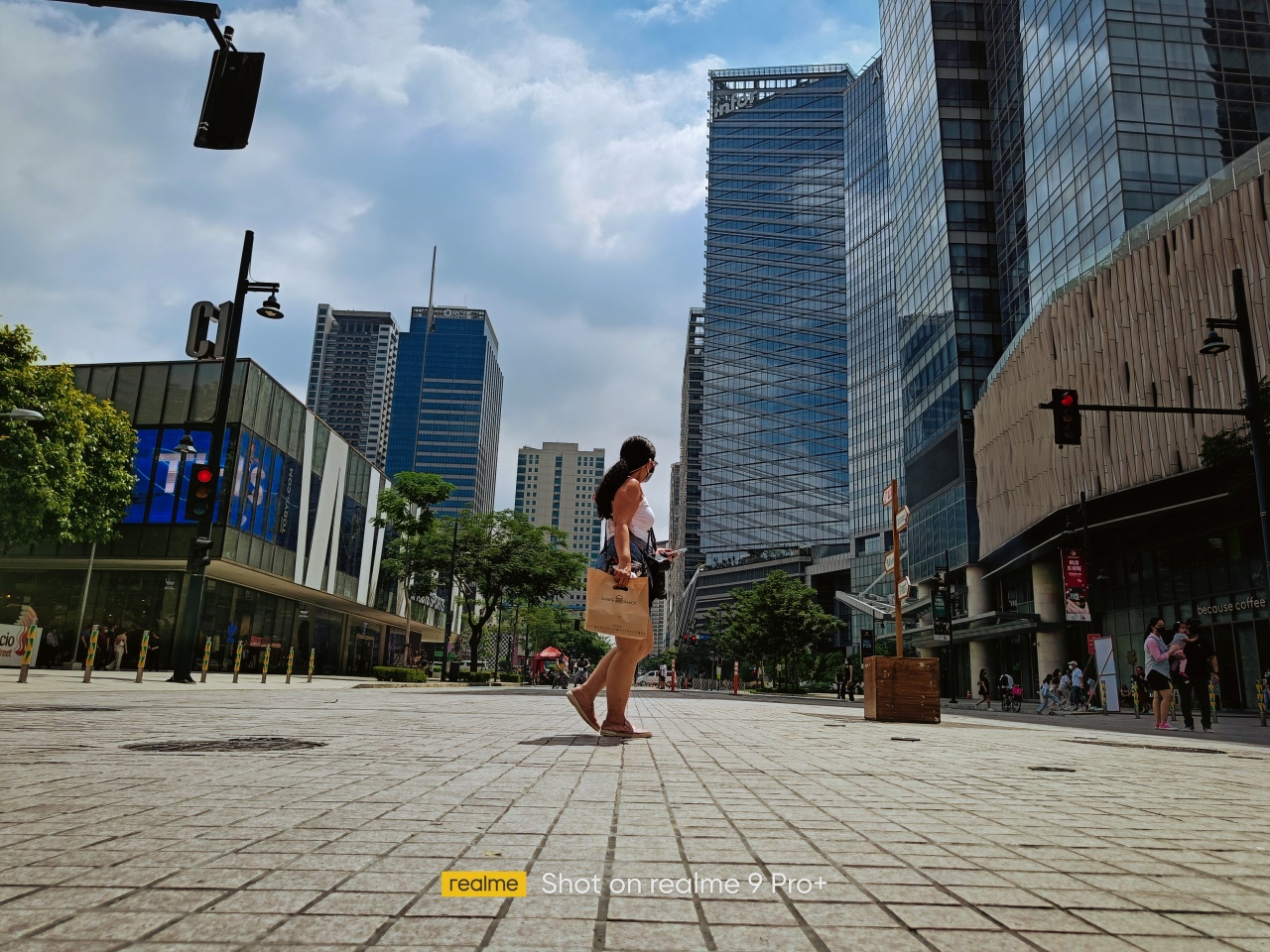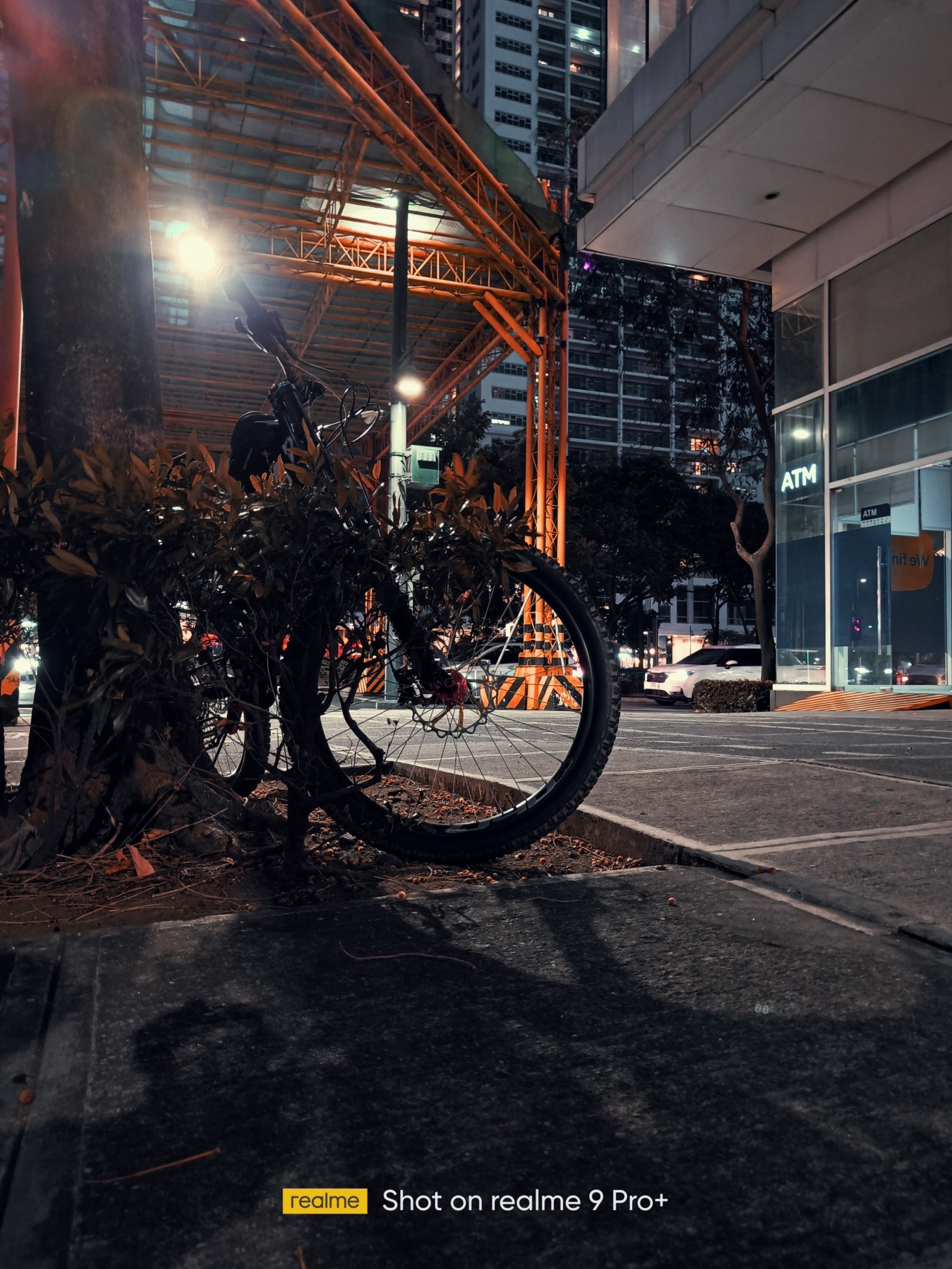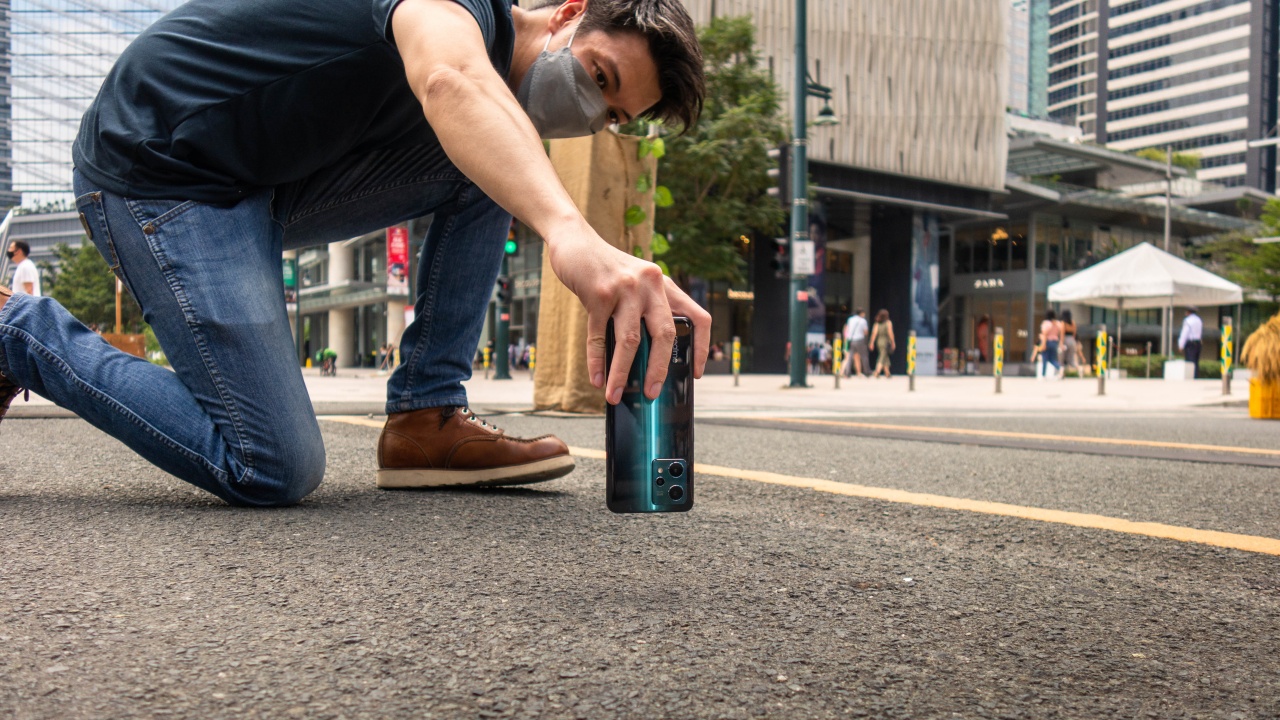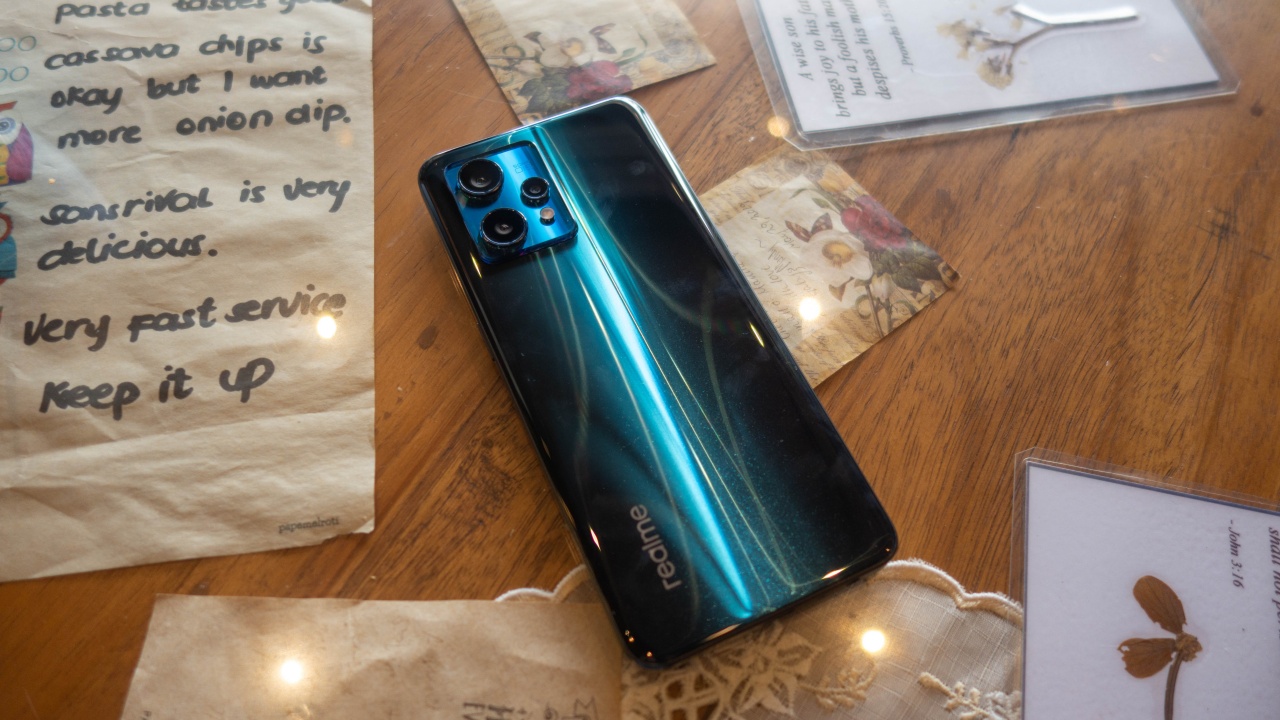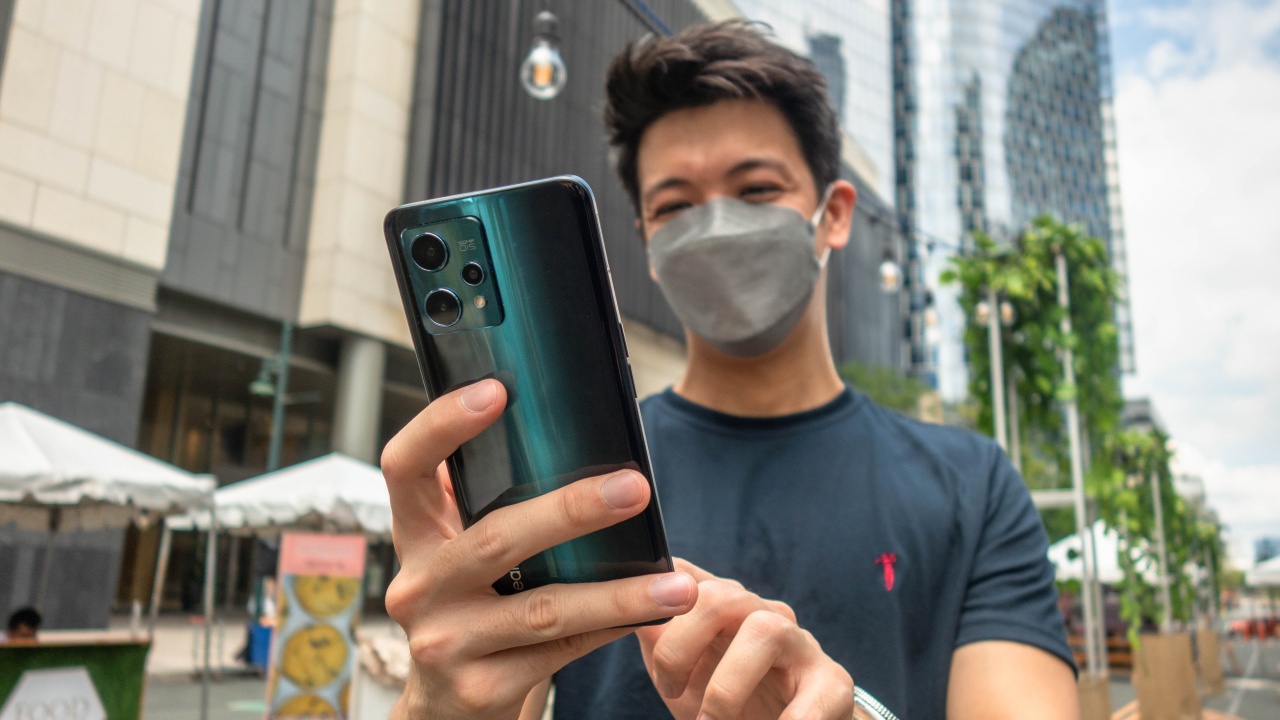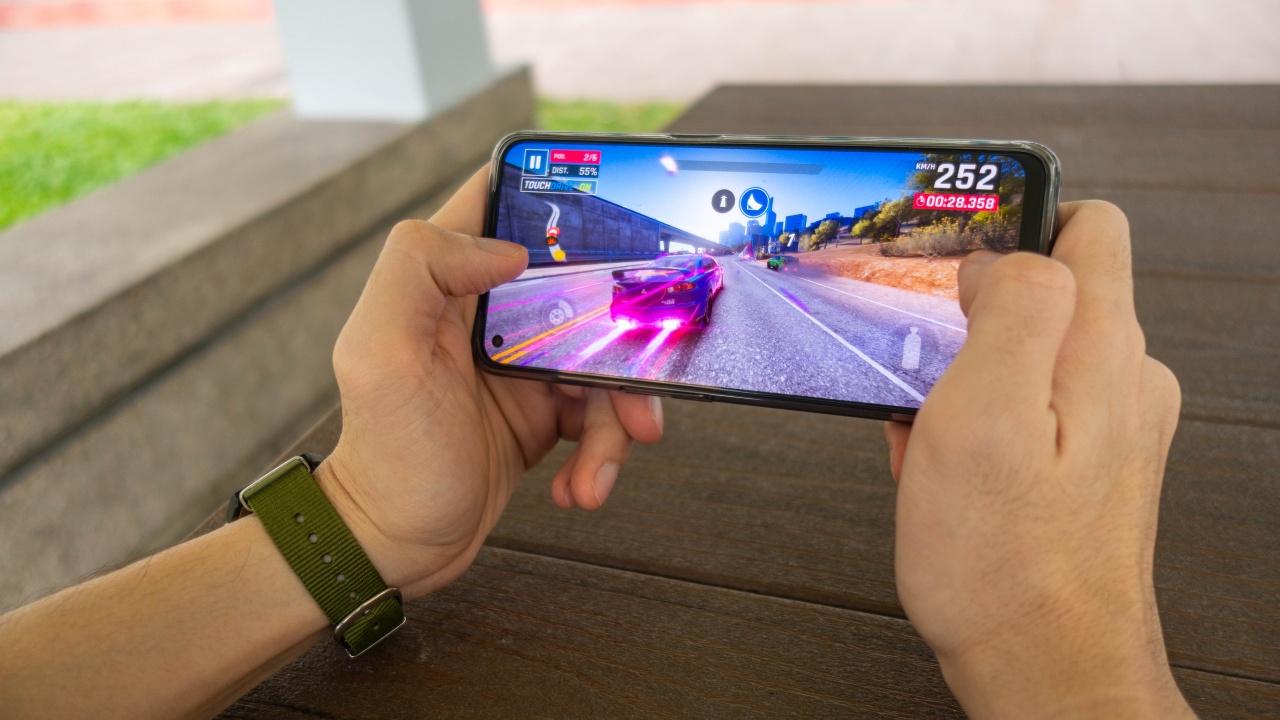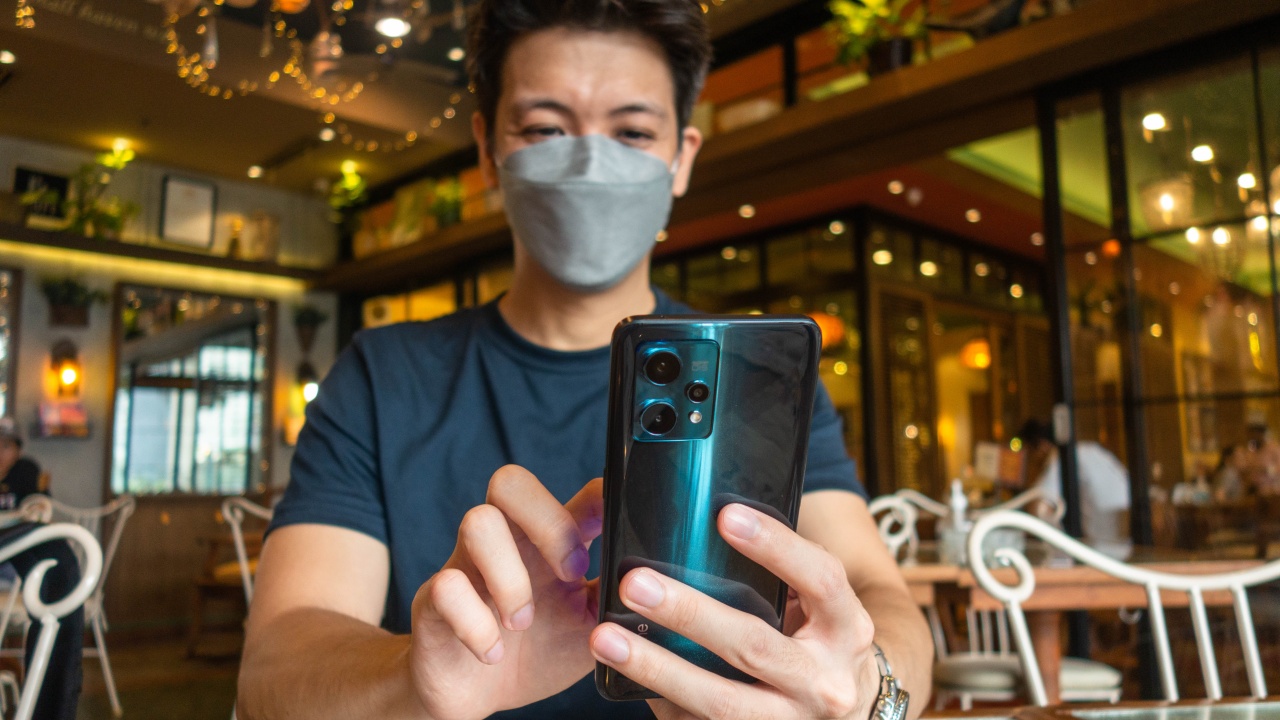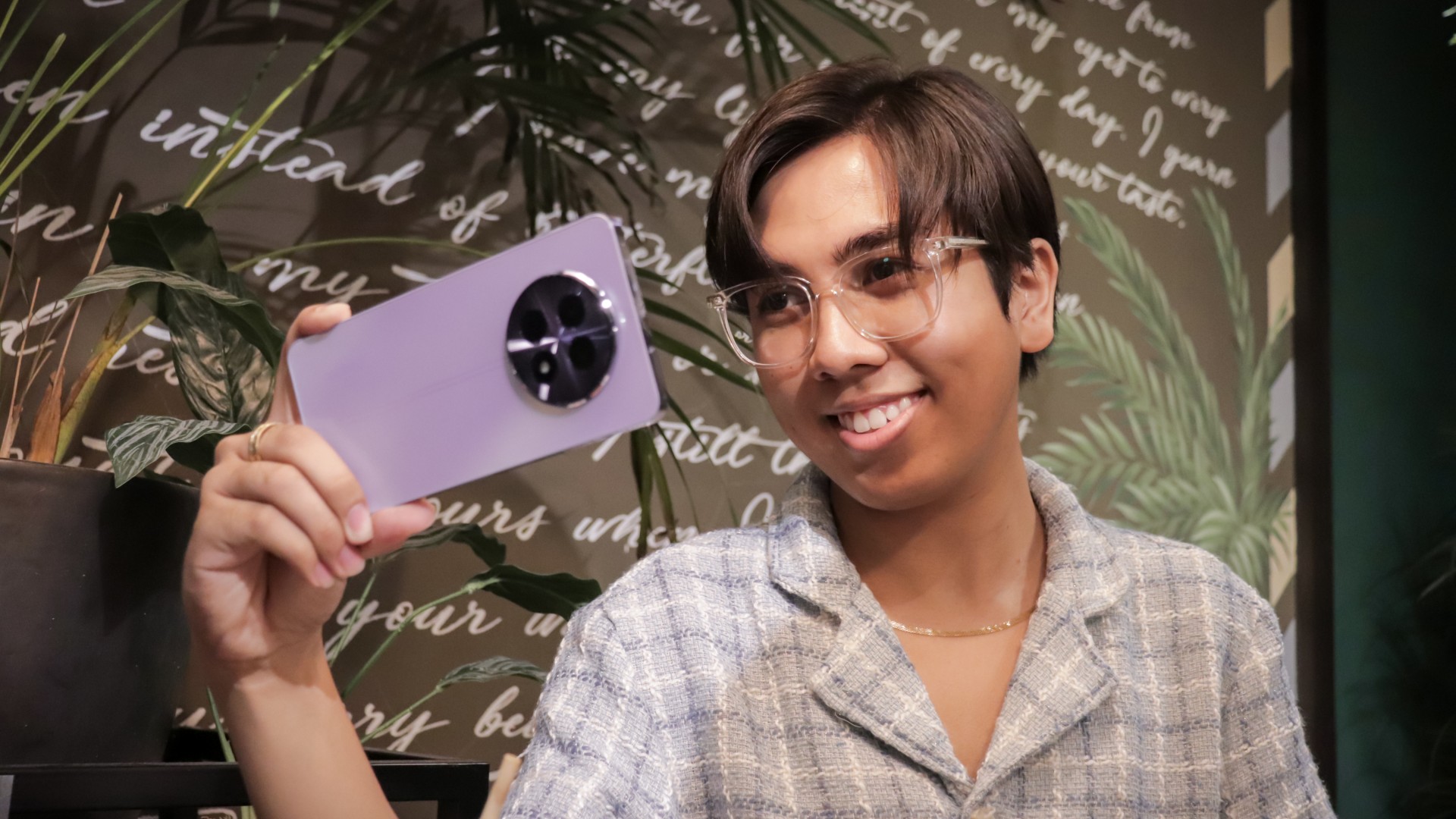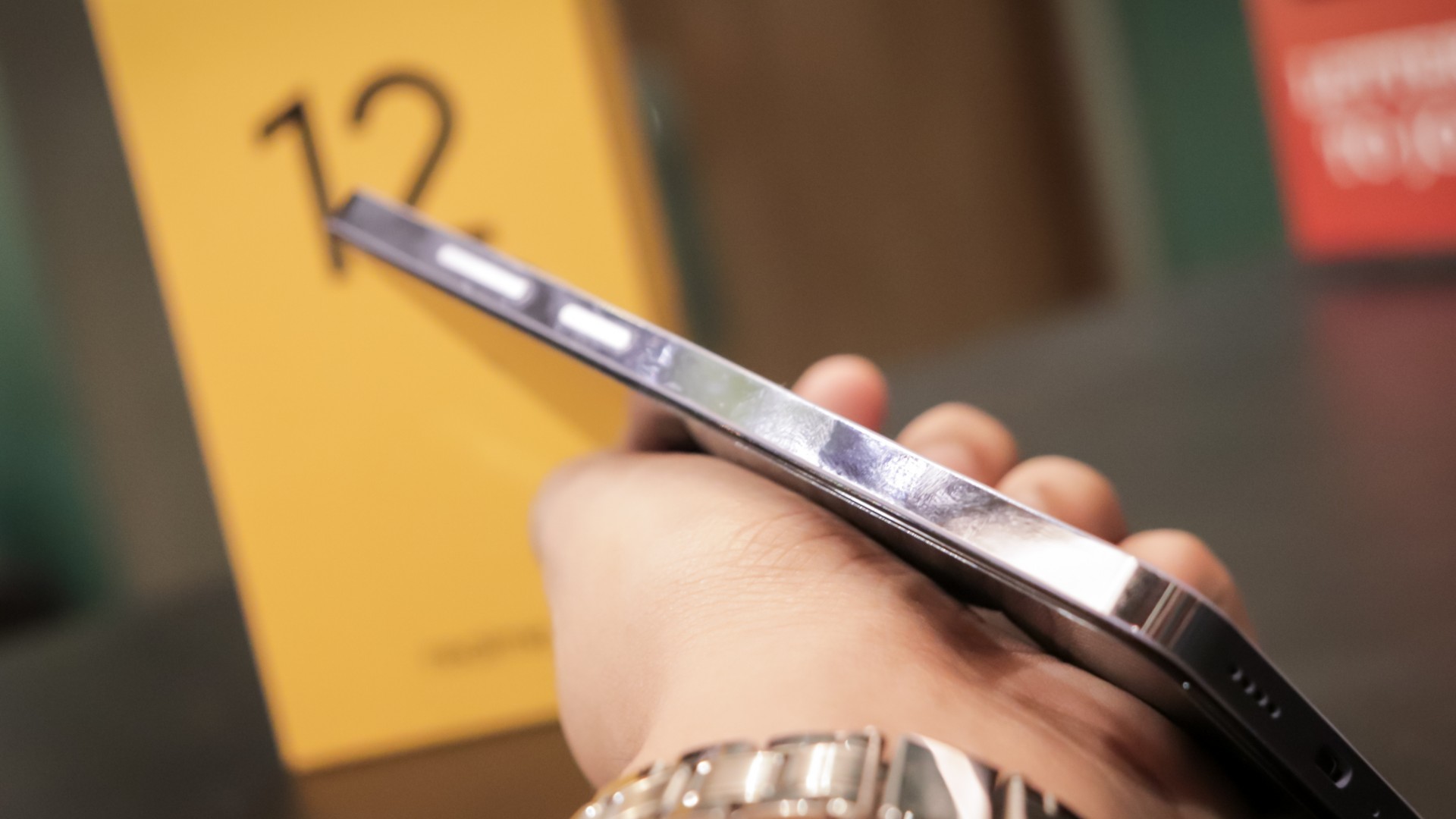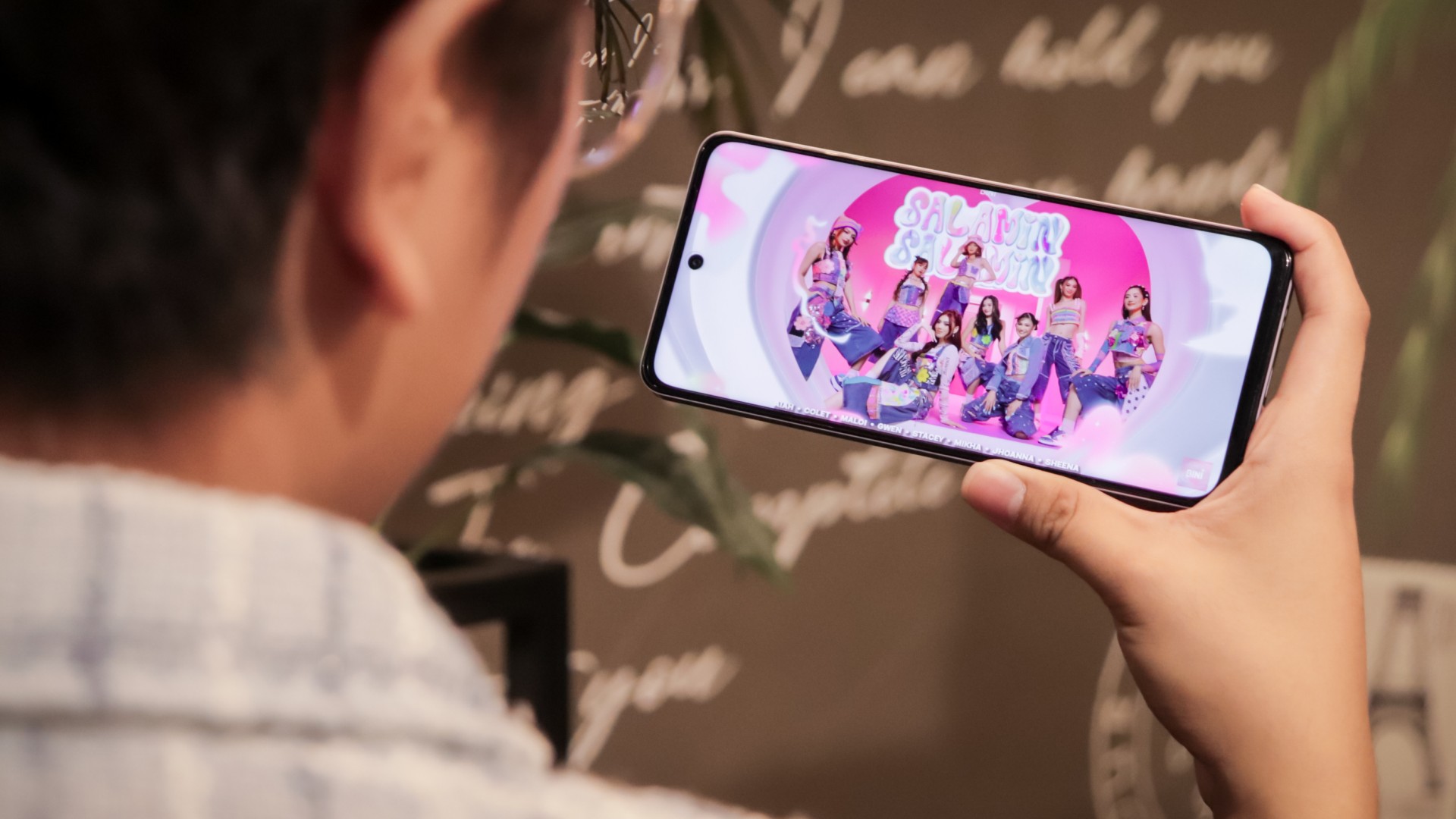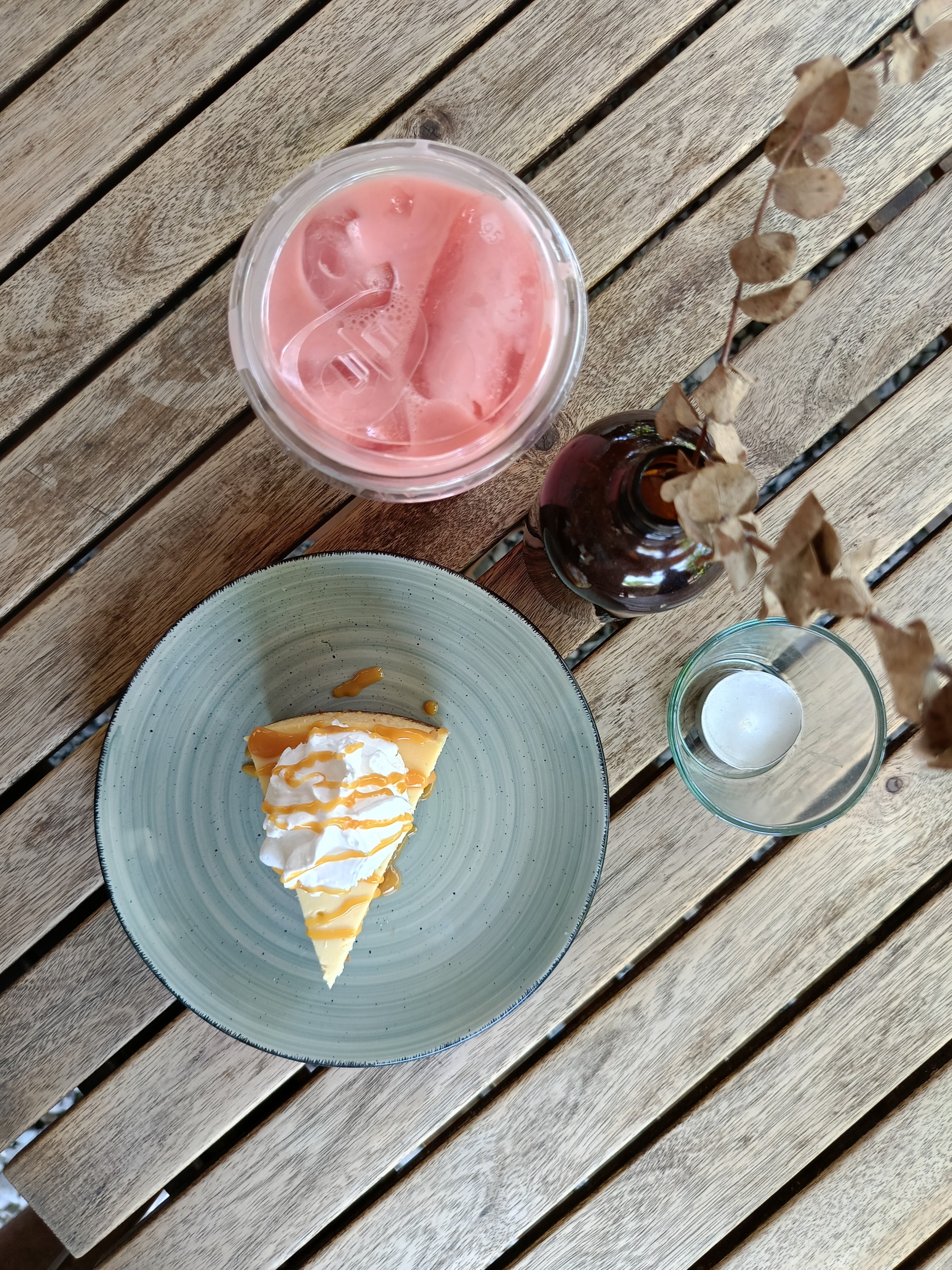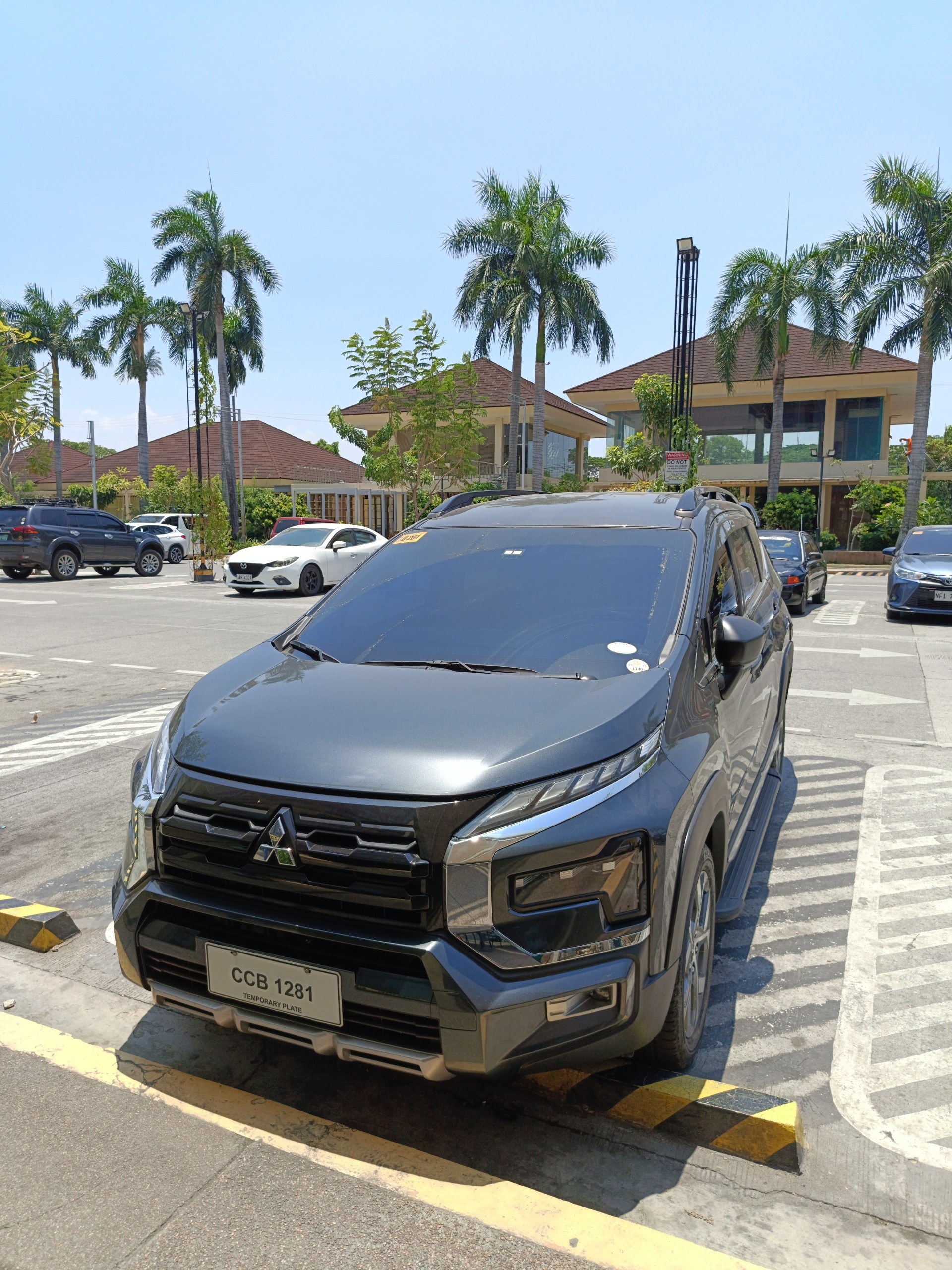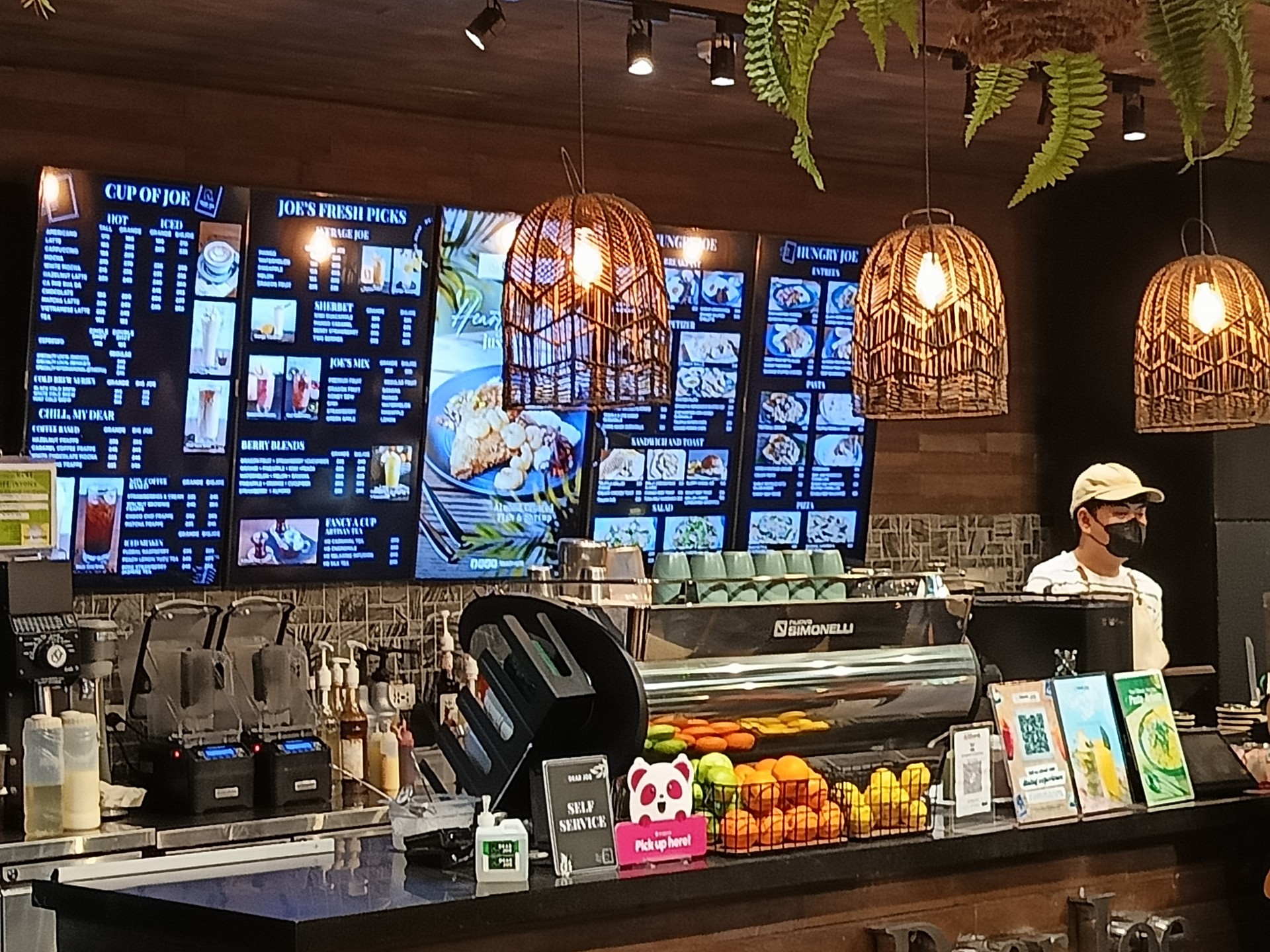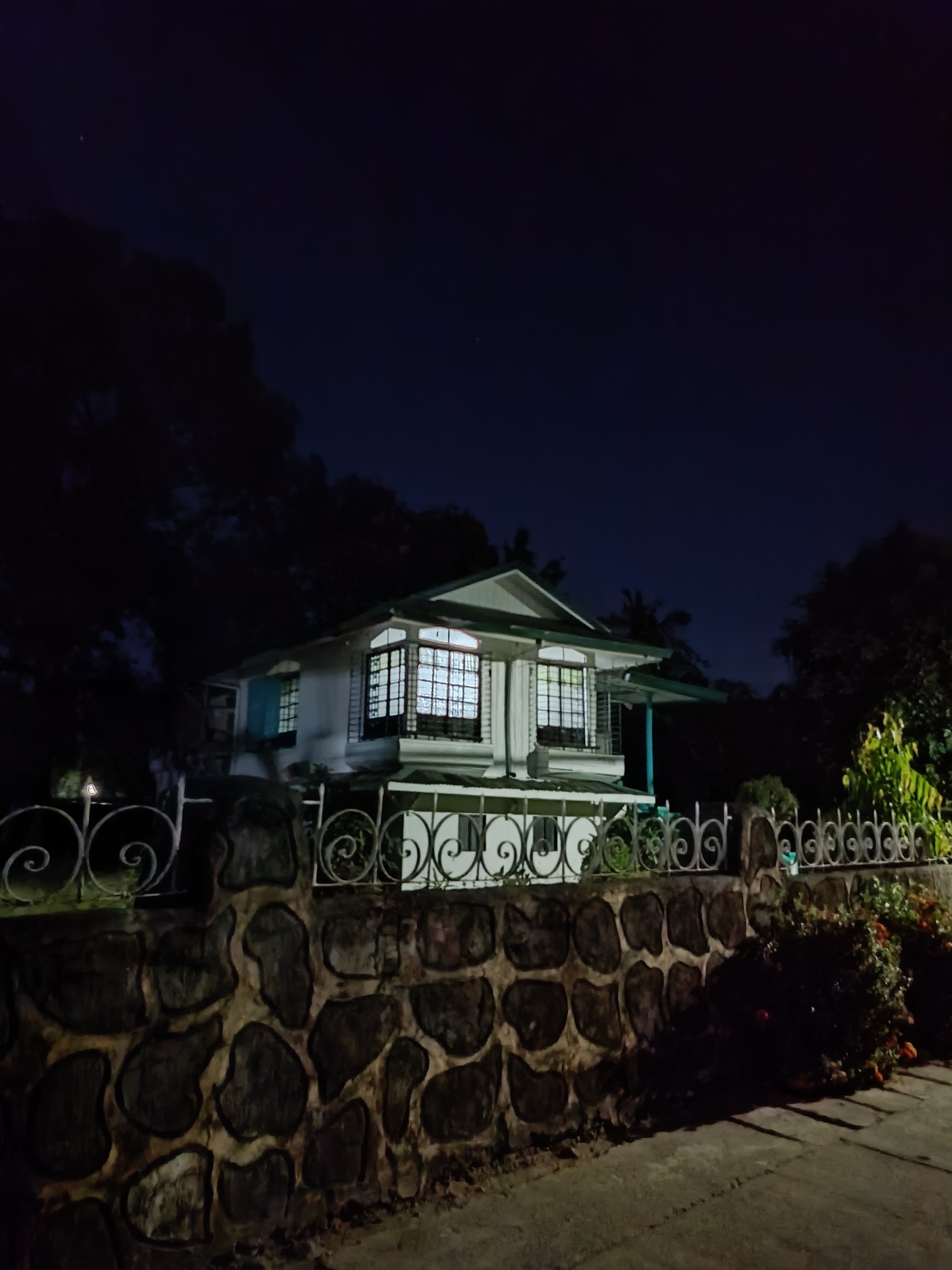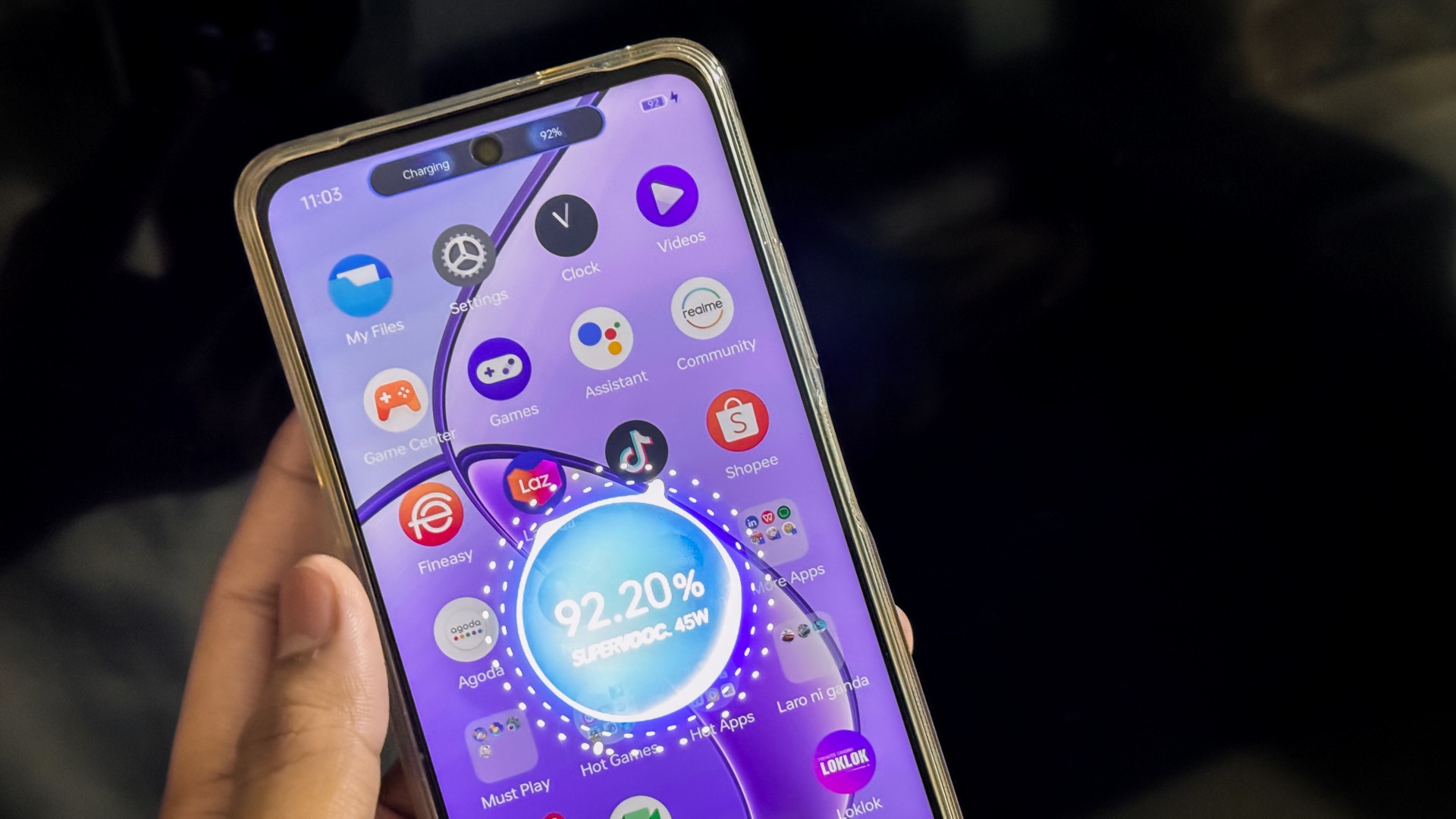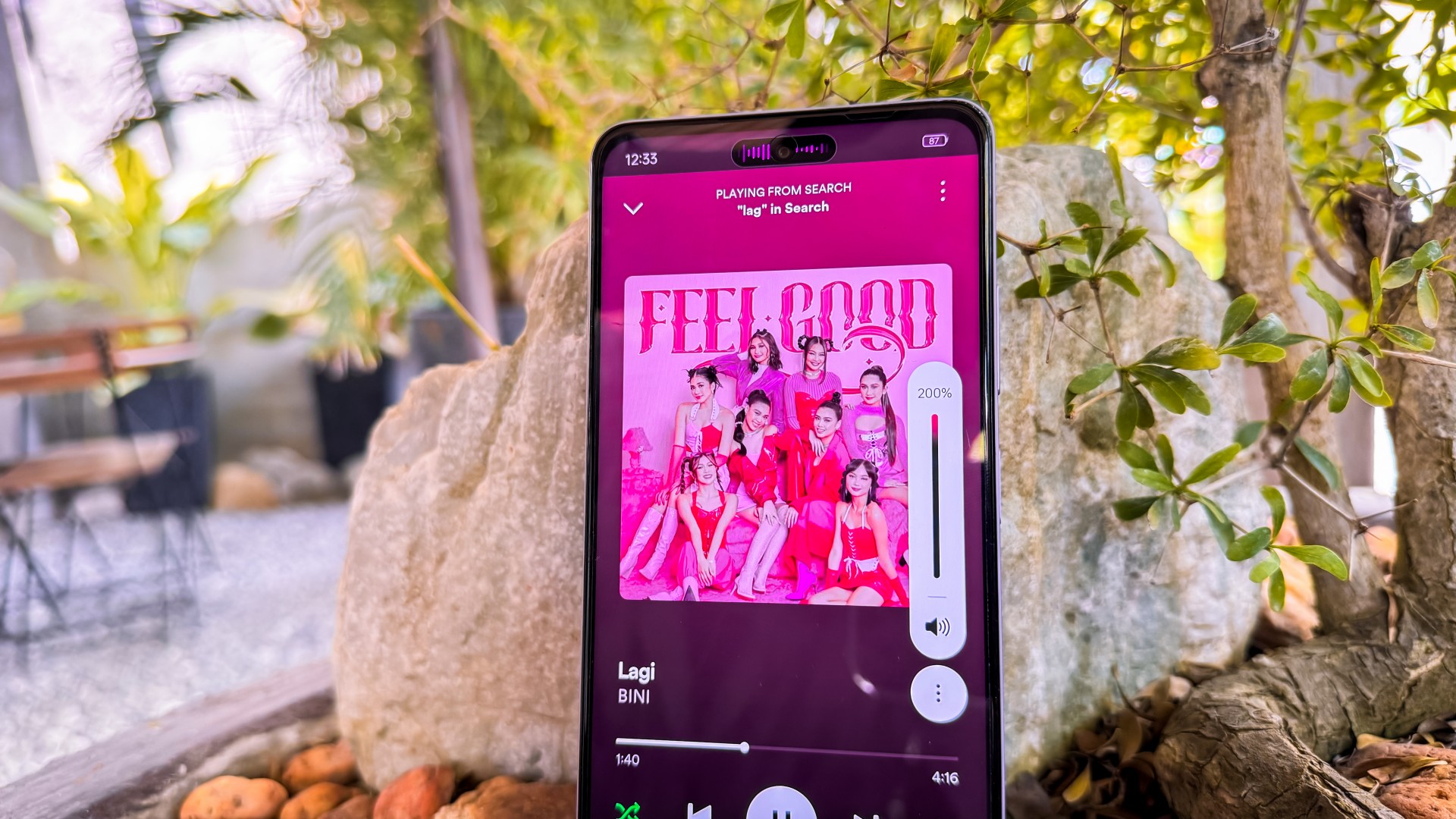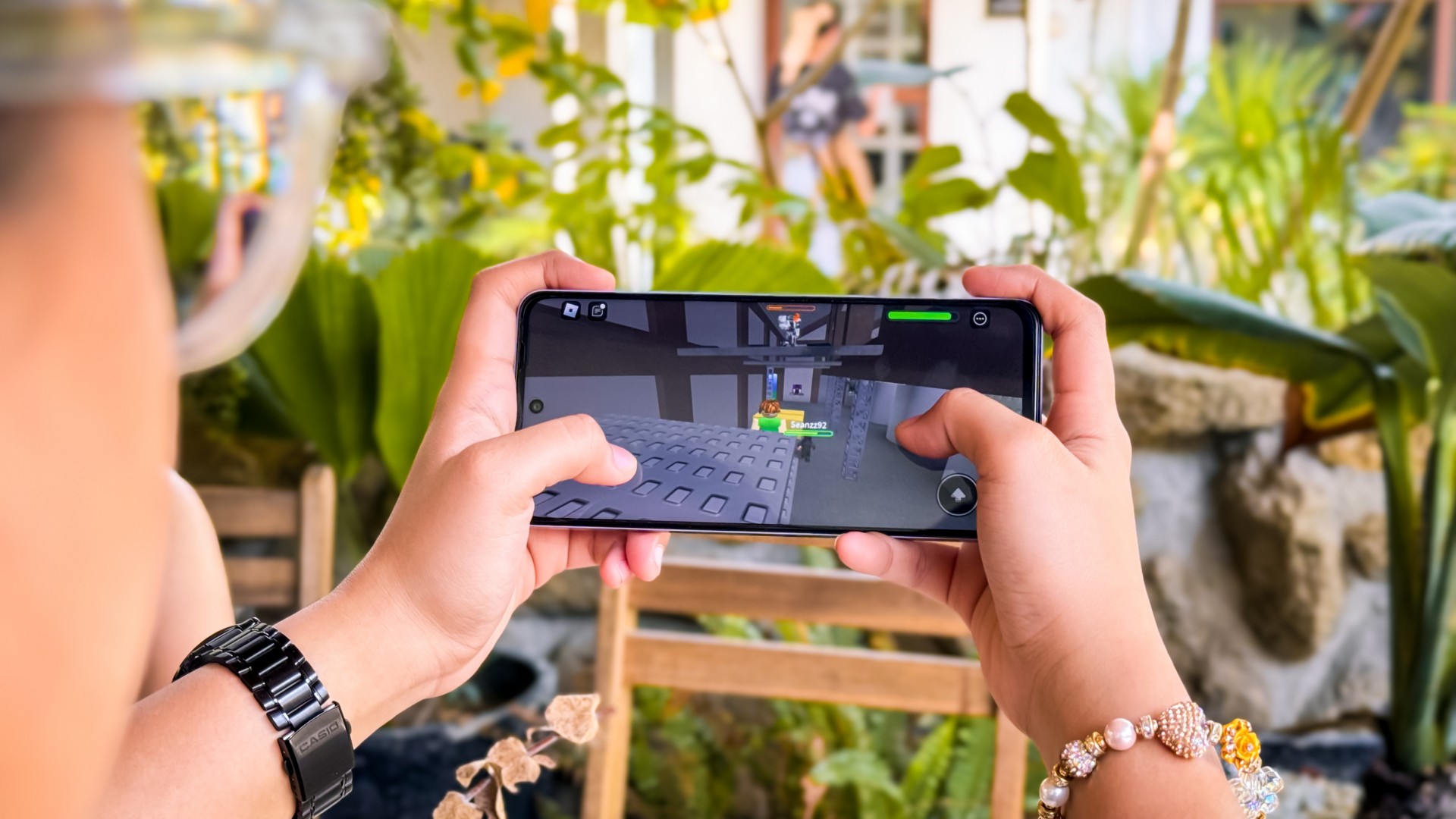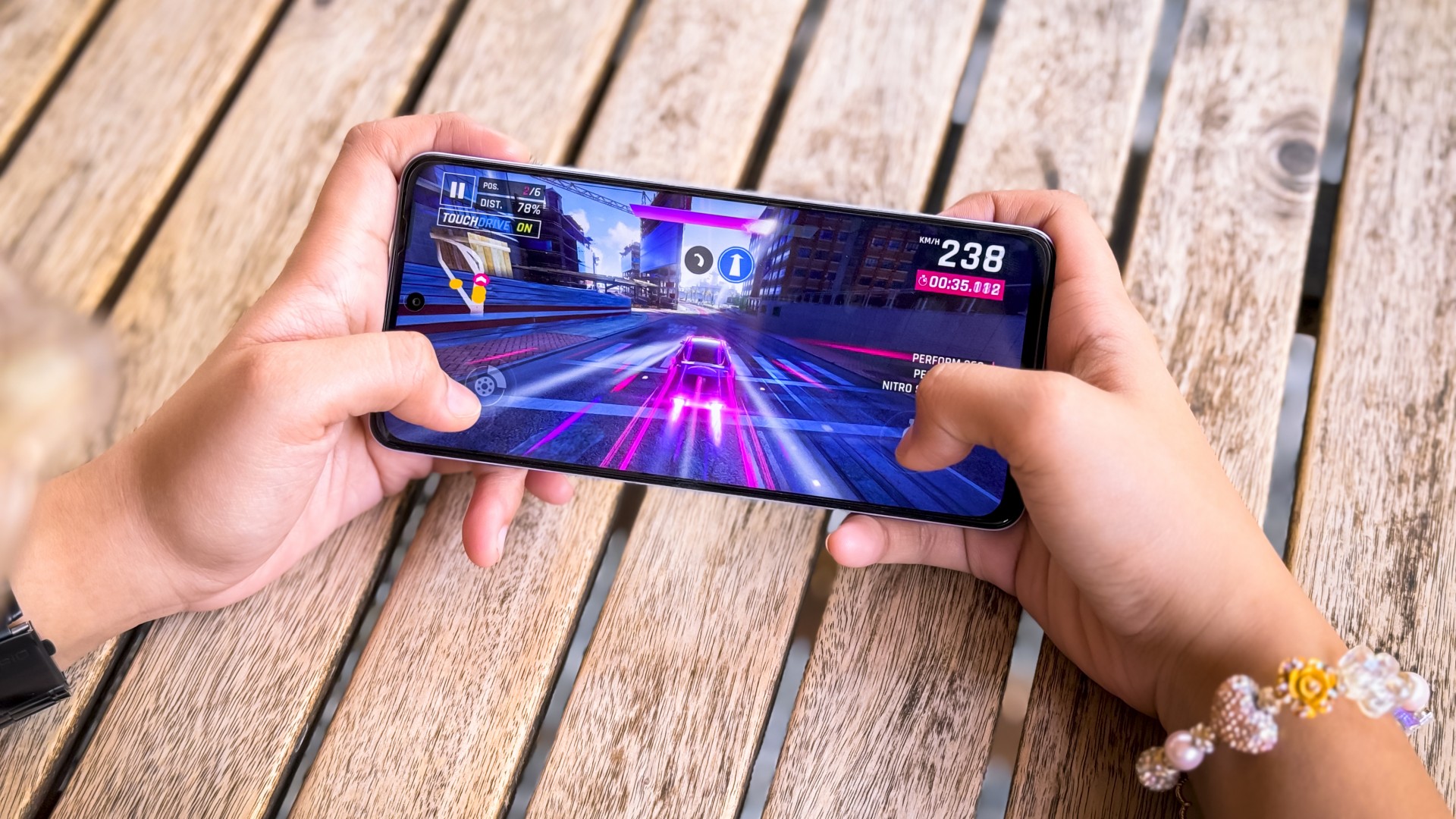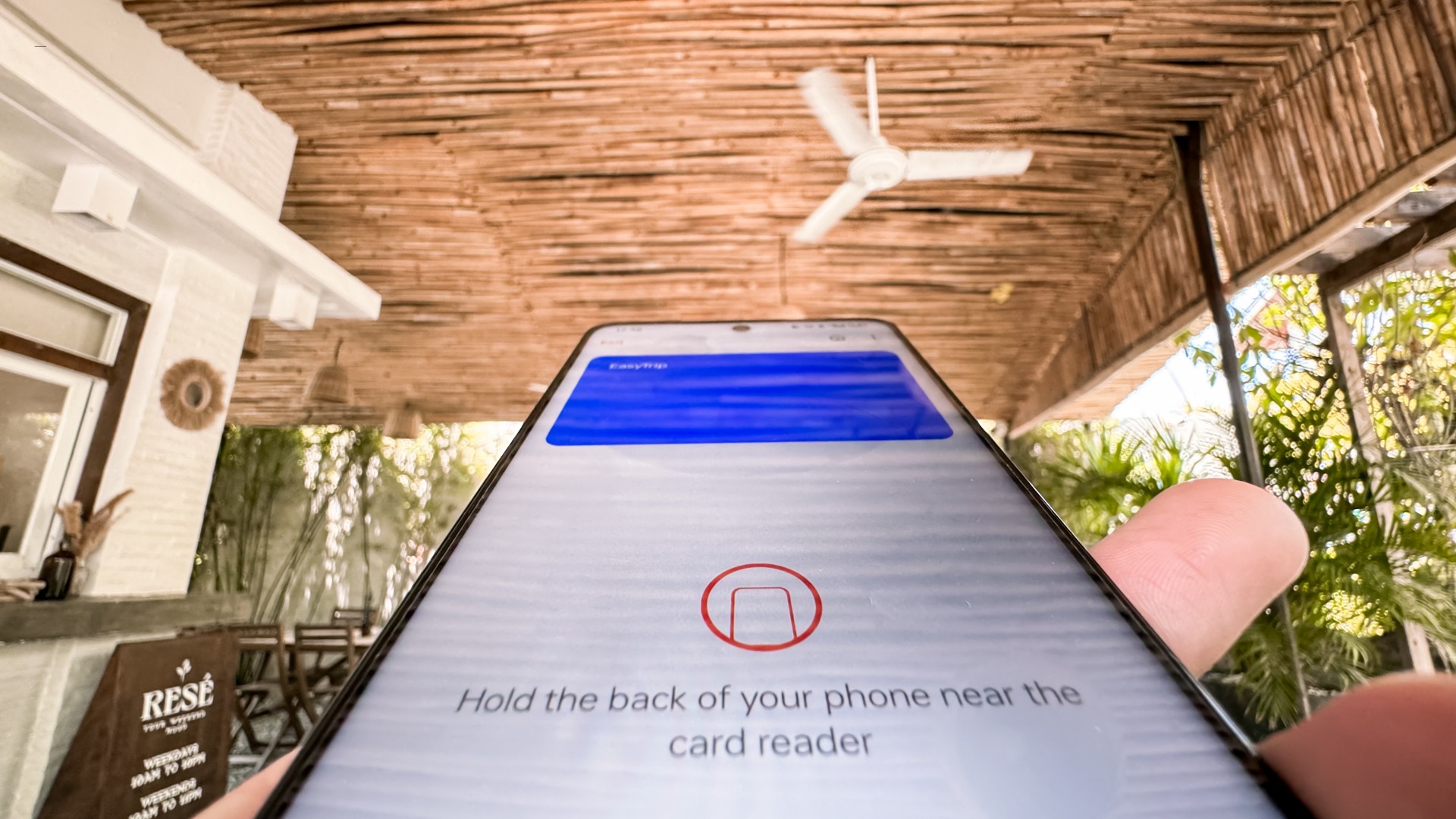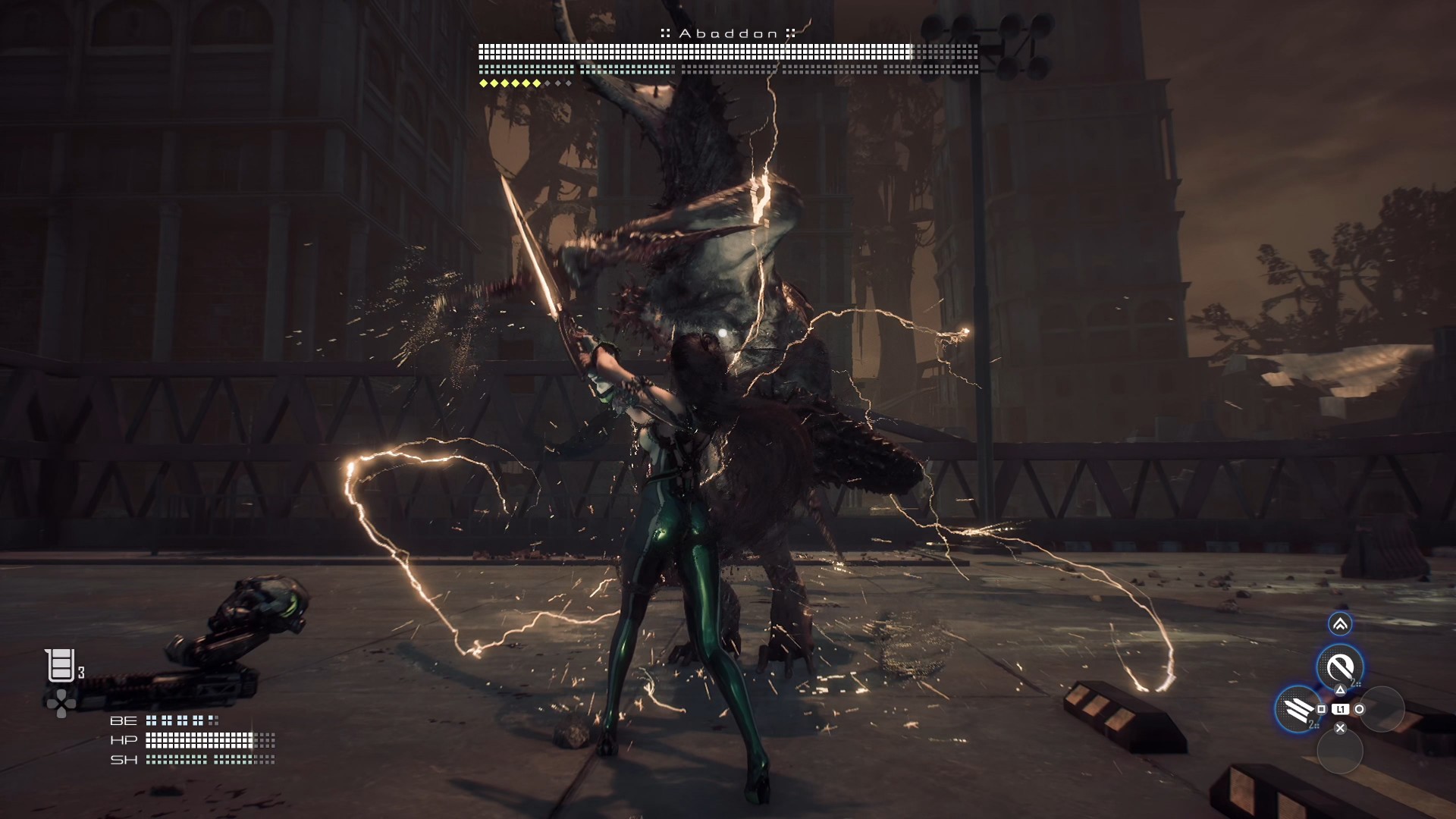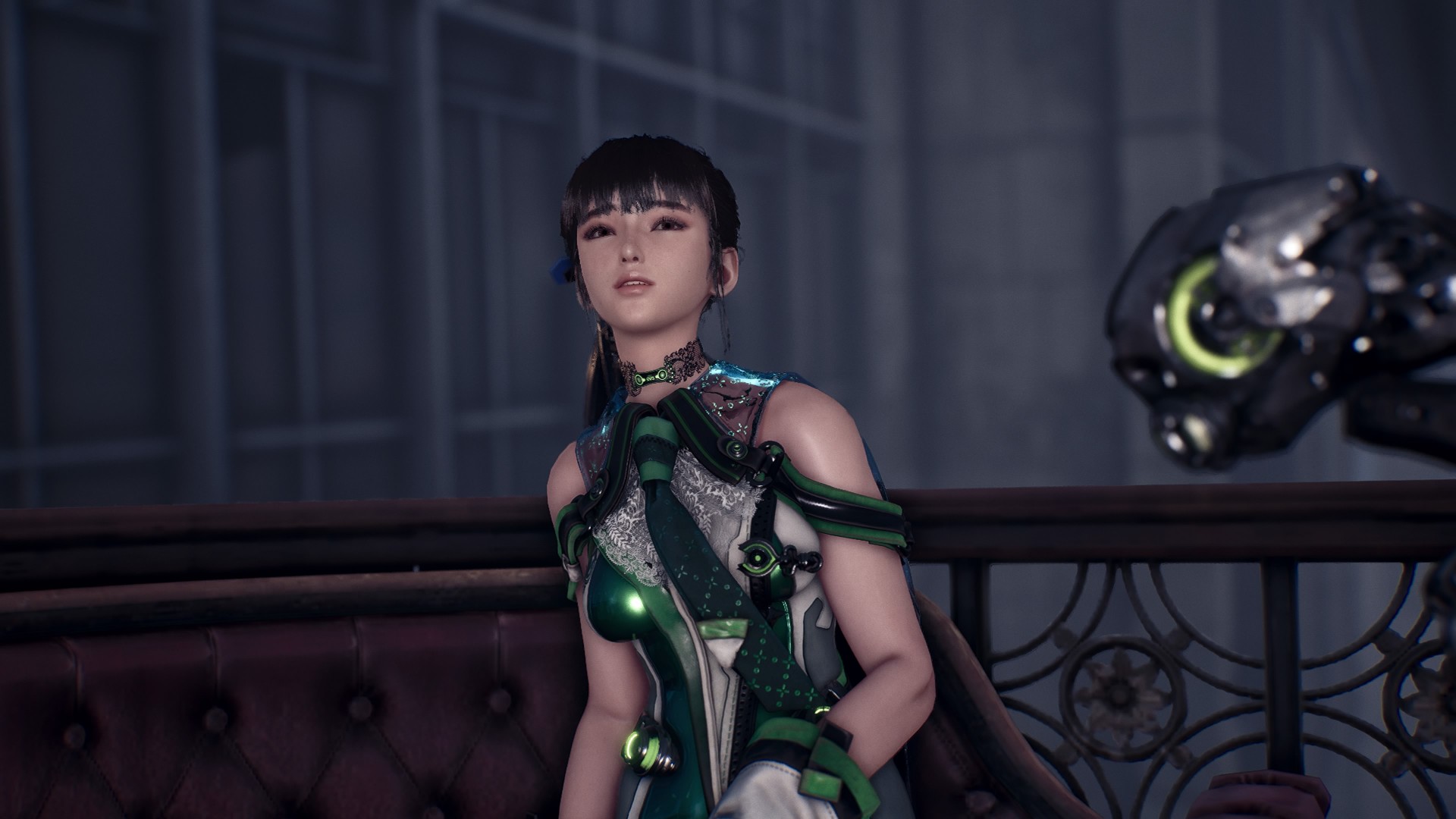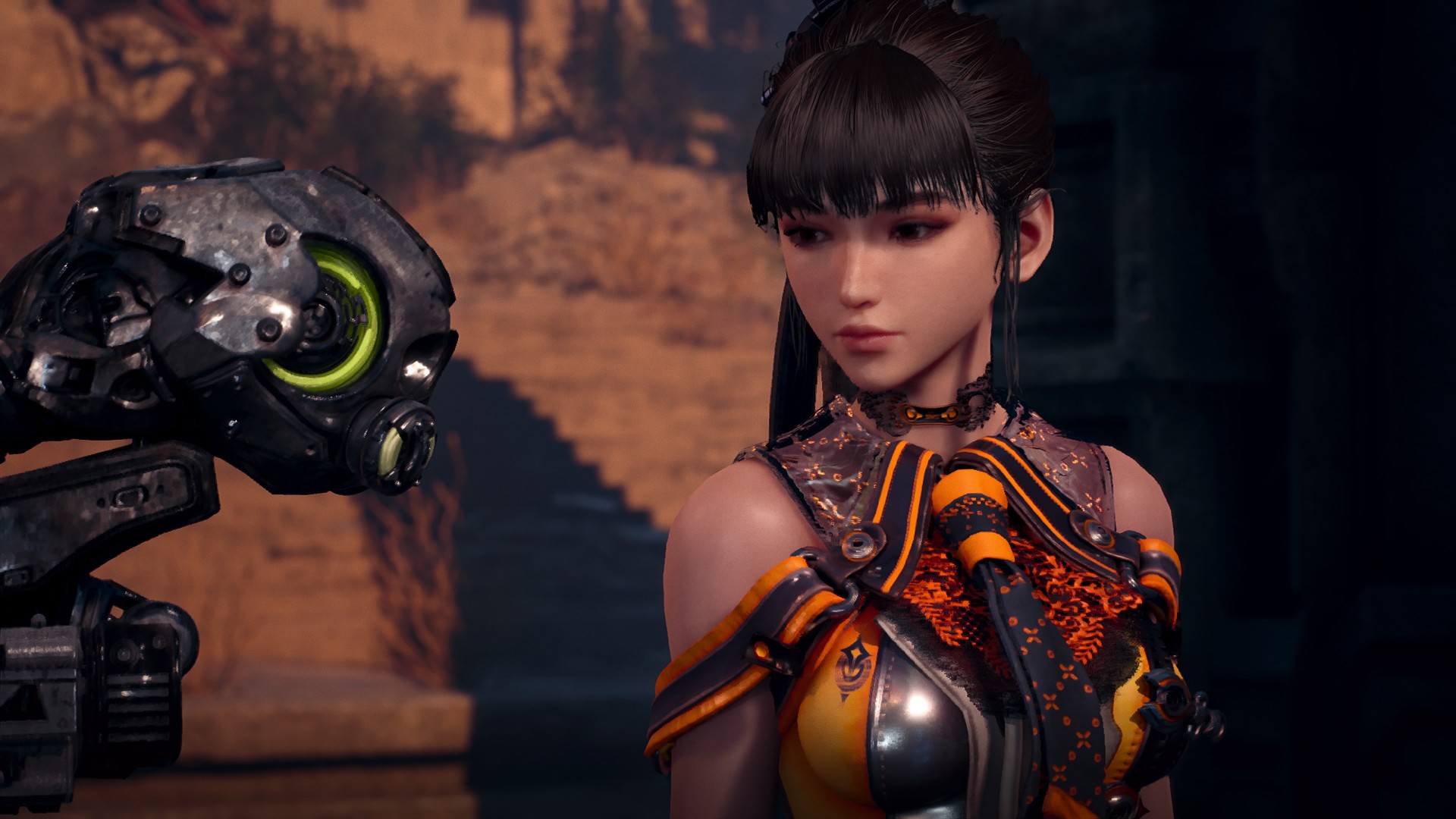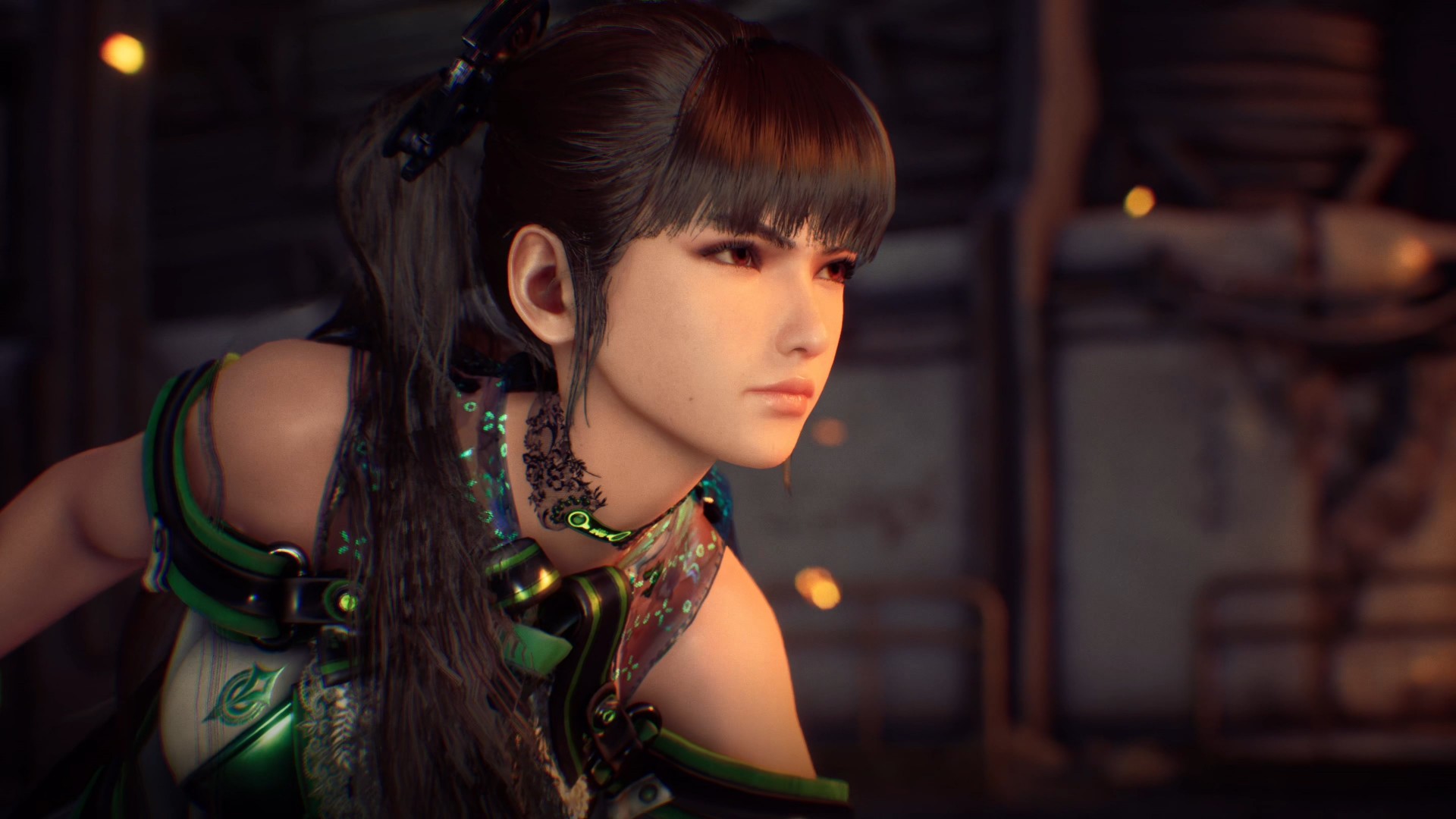

They say the best camera is the one that you have with you when you need it. And I agree. You won’t always have your DSLR or mirrorless camera with you all the time. Which is why a lot of smartphone manufacturers have been building on their camera capabilities. This is for us to always have access to capable shooters in our pockets.
This time around, realme takes the midrange category even further from their already great performing Pro series of smartphones. With beefed up cameras, the new photography focused realme 9 Pro+ could potentially be the king in its class.
Join me #CaptureTheLight as I take this device for a photowalk around the metro.
Superb cameras
Let’s dive directly to what really makes this device shine. The realme 9 Pro+ is loaded with the Sony IMX766 camera sensor that shoots at a 50 megapixel resolution with optical and electronic image stabilization. This is a pretty big deal considering this sensor is what a lot of flagships come equipped with. So bringing it to the midrange category, realme may have somewhat raised the standards of camera capabilities on this level.
Physically, the Sony IMX766 sensor is bigger than what we usually experience on most smartphone cameras. People would often associate the bigger sensor with low light capabilities, but this actually benefits the overall image quality. A bigger sensor has bigger pixels which not only catches more light but more detail per pixel. This results in a cleaner and sharper image collectively.
Do I think it makes a difference? The answer is a big fat yes.
The images straight out of this camera looks a lot more sophisticated than what we would usually see on midrangers.
It captures a ton of detail and natural depth making images look less two dimensional and more aesthetically pleasing.
It is also very clean which I assume is working in conjunction with great noise reduction in its software.
This camera combination also comes with an 8MP ultrawide shooter, a 2MP for macro and a 16MP for selfie. While I do love the main shooter, the ultrawide and macro could have used more megapixels as they do show their weakness when comparing photos from its main camera.
I also would have greatly preferred if they had swapped the macro for a telephoto.
Armed for street photography
I don’t usually bother using camera filters but I was surprised with what the realme 9 Pro+ has to offer. realme includes their own set of in-camera filters in what they call Street Mode. I honestly didn’t expect this to perform as well as it did.
In my quick photowalk around Bonifacio High Street, this is the mode I mostly stayed at. It reminded me of what we would get from the film simulation mode in Fujifilm cameras.
Just pick a filter of choice, walk around to find an interesting shot and you’re probably gonna get decent results.
This mode made me forget about tinkering with settings and opened my eyes to creatively focus on capturing what’s in front of me. And I genuinely love it.
Of course, having this flagship sensor comes with great night shooting capabilities. Given that this sensor is able to capture more light, its combination with optical and electronic image stabilization means night mode shots can easily be achieved with minimal effort.
I even managed to catch my night mode shots with just one hand.
In addition, some Street Mode filters can be applied in combination with Night mode opening more possibilities for creative output.
Size comfortably fits one hand
We’ve talked mostly about its cameras, but this size and design actually contributes to its photography aspect as well. This size is perfect for taking photographs one-handed. At 182g, this phone is really light and easily fits my hand having only 8mm on its thickness. According to realme, this is their thinnest model as of the moment.
This back panel also feels solid as it is made of glass material but that also makes it a dust magnet.
While the Aurora Green color variant we received looks elegant, I am actually feeling envious of the Sunshine Blue variant I’m seeing on realme’s photos as that gives a more youthful look.
Respectable display
A 6.4-inch, full HD+, 90Hz, Super AMOLED display is what you’ll mostly be looking at on this phone. Nothing too fancy. It does have a Corning Gorilla Glass 5 protection and was bright enough for taking photos outside.
A 90Hz refresh rate for me should already be the minimum for smartphones nowadays. The realme 9 Pro+ meets that qualification. Navigating feels fluid and the interface animations are smooth. Plus being a Super AMOLED panel, this does have that wide range of colors and deep dark blacks making watching videos a pleasant experience.
A fast chipset with fast 5G
The realme 9 Pro+ is rocking the new Dimensity 920 5G chipset, 8GB of RAM and has a 128GB of internal storage.
People interested in this phone are probably be more focused on its photographic qualities and not its gaming capabilities. But it’s nice to know that this can actually play games. I fired up Call of Duty: Mobile and I did get more than acceptable results. It ran very smoothly and I could easily tell that it could likely handle higher graphic settings. Sadly for this game, we’re capped at medium.
Asphalt 9: Legends also played perfectly on this phone with no lags whatsoever. For daily use, most of what you’re gonna be using this phone for will likely be a breeze for this one.
We also don’t need to wait for an update as this is one of the few phones I’ve seen this year that shipped with Android 12 out of the box. The realme UI 3.0 skin on top of it felt clean and mostly retained the good qualities from a bare Android experience.
Testing out its 5G capabilities, it’s refreshing to see that the DITO Mobile SIM I tried didn’t require any further configuration. It just worked out of the box unlike a few others I’ve tried. There also wasn’t any significant difference with its connectivity. Signal strength seemed to be on par with other 5G capable phones. So, I managed to use this as a hotspot for my other devices and that experience was flawless.
SuperDart 60W charger
Another aspect that we can truly highlight on this phone is on its charging speeds. Using the included 60W SuperDart charger, this charges from zero to 100 percent in just around 50 minutes.
For the battery performance, a whole day of mostly social media and street photography and I ended with 40 percent charge remaining. Pretty decent considering this is only being powered by a 4,500 mAh battery. I’m guessing the combination of the Super AMOLED display plus other power efficient hardware is making this possible.
Is the realme 9 Pro+ your GadgetMatch?
The creative options brought by the Street Mode, the detail the Sony IMX766 sensor captures and stellar night shots it can produce, the realme 9 Pro+ proves that you don’t need fancy equipment to take good photos.
To be honest, this is one of the most enjoyable camera phone experiences I’ve had and I didn’t expect it to come from a midranger. It sort of eliminates the technicalities of taking photos and just lets you snap that photo and tap onto your creative potential.
For the most part, this phone is a decent daily driver. But when talking about photography, the realme 9 Pro+ can surely unleash the photographer in you.
The realme 9 Pro+ (8GB+256GB) retails for SRP PhP 23,990 but as an early-bird offer, realme slashes OFF PhP 2,500 when you purchase via the realme Official Store on Lazada until March 18, 2022.
It will also be available at all realme official stores and partner dealers nationwide. The realme 9 Pro+ will be up for pre-order from March 16 to 25, with a free realme Pocket Bluetooth Speaker, realme Type-C Superdart Cable, and realme Mobile Game Finger Sleeves upon claiming on March 26 to 27.

Reviews
OnePlus 12R review: Making sense of OnePlus’ latest flagship
Smooth beyond belief, but is it worth the upgrade?
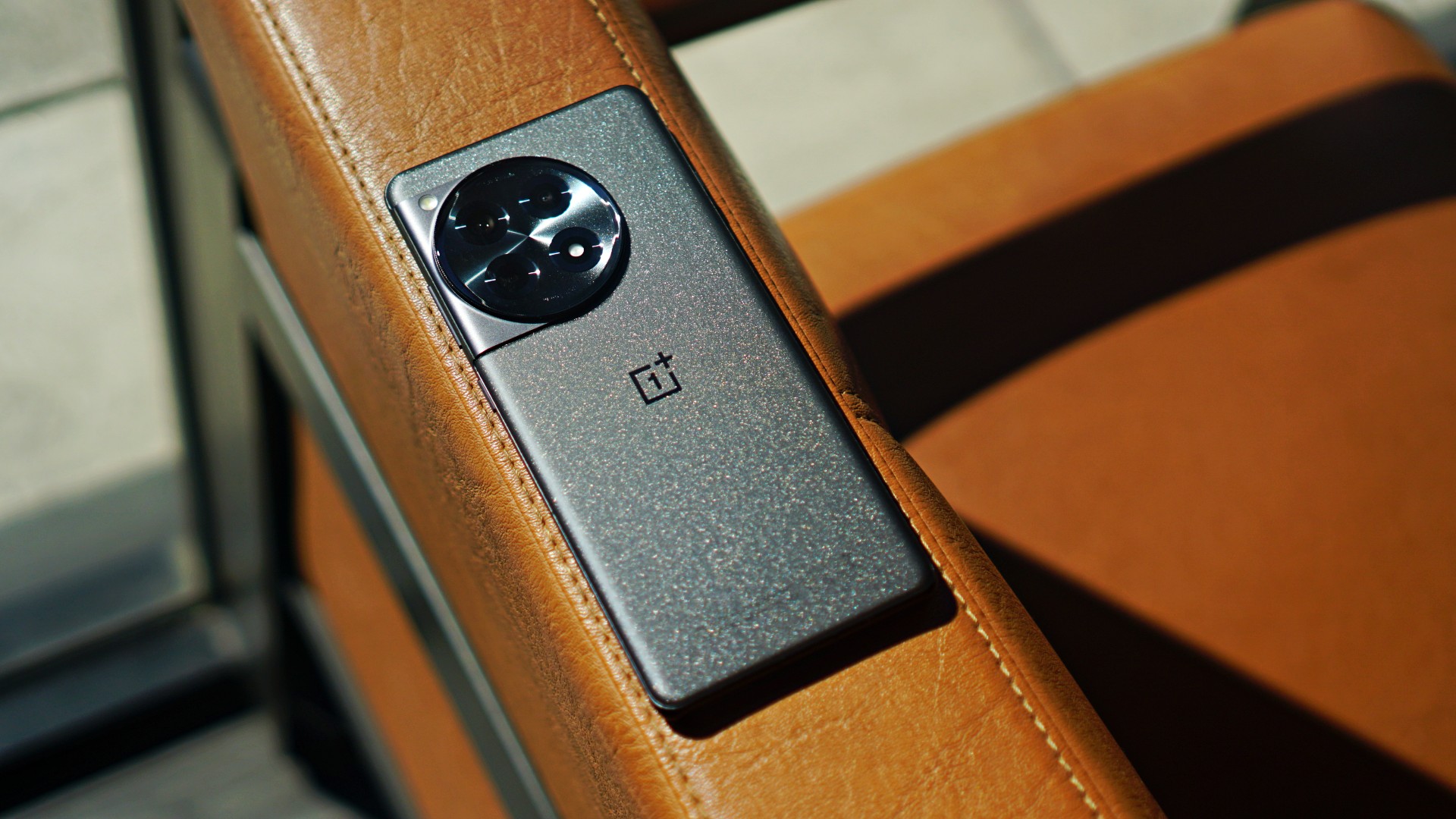
OnePlus has been fairly consistent when it comes to their positioning. Historically, the brand has offered flagship-level smartphones for a more affordable price point compared to its chief competitors. The OnePlus 11, for instance, did great overall, with just minimal misses here and there.
Now, the brand is back with the OnePlus 12R. It’s technically the “lite” or base model of the latest numbered series, but promises the same smooth, flagship-caliber experience. Users loyal to the OnePlus brand might think, is it time to upgrade? Conversely, is it worthy of a non-OnePlus regular’s consideration?
OnePlus 12R specs
- Qualcomm Snapdragon 8 Gen 2 chipset
- OxygenOS 14 based on Android 14
- 16GB RAM
- 256GB internal storage
- 6.78-inch LTPO AMOLED display, HDR10+, Dolby Vision, 94.2% screen-to-body ratio
- 120Hz dynamic refresh rate, up to 1000Hz touch response rate
- 5,500mAh battery
- 100W SUPERVOOC charge
Appearance, feel: Still needs improvements
It’s good that the OnePlus 12R’s volume keys are now on the right. It makes it easier to adjust the volume when held with just one hand.
The alert slider is on the left, and the selfie camera punch hole is in the middle. Other than that, there aren’t many changes. The rear cameras look exactly the same from the OnePlus 11 series.
I wish OnePlus solved the slippery problem too. Although the unit we reviewed had a matte black finish, it was still slippery to hold. I’m sure most users have this habit of putting their phones on their laps from time to time. I wouldn’t recommend doing that with this particular model.
It will fall 100% of the time. Furthermore, it doesn’t help that there is no case to at least reinforce the grip. I was extra cautious every time I held the phone, because it just didn’t give me that assurance I was looking for.
Display, audio: Immersive, punchy
Moving on, the device’s display is bright as it gets. You will see content with a more natural tone. Details are vivid and crisp, and are retained even in bright and dark spots. Even when you zoom in on a 2160p video being played, you are guaranteed clear and accurate images. Moreover, I didn’t experience any eye strain while doing a handful of stuff on the phone. That’s always a great sign, but is expected of more expensive phones nowadays.
On the audio side, the dual speakers provide you with an immersive feel. The sound comes out loud and punchy. They’re also placed appropriately. Even when you hold the phone horizontally for streaming or gaming, chances are you won’t block the speakers with your fingers.
Performance, browsing, gaming: Smooth AF
Performance wise, the OnePlus 12R is good as advertised. You will feel the smoothness right away when scrolling, switching between one app to the other, and more. This annoying thing that happens with Android phones lately where the keyboard just suddenly hangs on your screen didn’t occur once with the OnePlus 12R.
I also played Marvel Super War, easily one of the most demanding MOBA titles out there. The phone did not get hot even after a lengthy session at high graphics settings. That’s where the upgraded RAM capacity kicks in. But I feel it’s something the OnePlus 11 can also do, so it isn’t downright special.
I love the larger battery on the OnePlus 12R. It easily lasts a whole day on average usage. You’ll need just about 40 minutes to charge it from 15% back to full. When not in use, it will spend probably just 1% to 2% battery overnight on standby.
OnePlus 12R cameras: Hit and miss
- 50MP f/1.8 Sony IMX890 main camera
- 8MP f/2.2 ultra-wide camera
- 2MP macro camera
- 16MP selfie camera
Although OnePlus has a partnership with Hasselblad, the OnePlus 12R particularly uses a Sony IMX890 sensor for its main camera. It delivers fairly well for what is expected of a OnePlus camera. Color reproduction is very… well, OnePlus (you’ll understand if you’ve been using OnePlus devices in the past).
The tone is more on the redder, browner, and slightly more saturated side, which is ideal for food and landscapes. You’ll definitely capture the vibe of places and entice viewers with your food photos. This is without needing to post-process the color temperature or add filters.
The main camera does its job. It retains good detail even in captures against the light, thanks to its high dynamic range. It does well to fend off the sun’s rays or unwanted glares, and blend it with the photos you take.
You will get crisp and vivid photos by default, but detail loss will begin to be felt at 2x zoom and beyond. But it’s not like that’s super noticeable from your phone’s screen.
What I appreciate is the adjustable depth of field after portrait shots, for you to be able to match the background’s blur or bokeh effect properly with the subject. Speaking of, I underwent a trial and error phase under portrait mode. Some snaps came out out of focus, even if the indicator said “ready.”
But I reckon it’s not a perfect process, so I just adjusted on the fly. However, I did expect a lot more assistance from the camera especially since there’s some AI processing that comes with the algorithms. There were also times where the blurred effect at f/1.4 was too exaggerated, as if it’s cartoonized. On the positive side, there’s not much segmentation error and the transition from focused to blurred parts is generally smooth. But it would be tricky for users who aren’t too meticulous adjusting settings and would just rather point and shoot.
Other than that, I enjoyed shooting cityscapes and landscapes with the 8MP ultra-wide lens. There’s just a “correct” feel to it and it covers what you intended to do properly. The 2MP macro lens is extraneous at this point, since the main camera does pretty well for close ups of food and other subjects. I wouldn’t have hurt for OnePlus to include a periscope lens or an extra portrait sensor, considering its price point. As for filming, the camera package also has OIS and EIS support, and taking videos at 1080p @ 60fps had no hiccups on my end.
In front, the selfie camera delivers the same, “realistic” results as its predecessor. This may both be a good and bad thing for those who want smoother selfies instead of having their pores or eyebags come out too sharp. Personally, I prefer some smoothness with selfies, but a little retouching won’t hurt. You do you.
Is this your GadgetMatch?
As I’ve mentioned, OnePlus is consistent with how they approach the market. Loyal OnePlus user? You may feel this is an upgrade if you’ve been using a handset from two to three generations prior. Trying something new to break the iPhone-Galaxy S series duopoly? Go ahead, there’s no harm trying.
The OnePlus 12R is smooth, without a doubt, if that’s what you’re looking for. The camera package delivers the same signature performance expected of the brand. On paper, there are a lot of improvements. But is it worth it? It’s tough to say yes resoundingly.
If you happen to own a OnePlus 10 or 11, the differences in overall usage are minute. If you’re ready to spend PhP 40,000 or more, there are a lot of options that come with more cameras or put focus on gaming. Alternatively, if you want to save, there are also capable flagship killers in the market for a lot less. Moreover, other top brands’ flagships — base model or better — are selling for a lot less these days.
That makes the release of this particular variant from the series a little confusing or questionable at this point. Perhaps, it would have been better if OnePlus waited a bit more and dropped a banger of a latest flagship line with a lot more features and enhancements. I’m trying to make sense of it, but for now, it’s best to wait.
The OnePlus 12R retails for PhP 43,990 in the Philippines.
SHP: https://bit.ly/OnePlus-12R-Shopee
LAZ: https://bit.ly/Oneplus12R
Kiosks and partner Stores: http://bit.ly/3O9q76V
Reviews
realme 12 5G review: It was enchanting to meet you
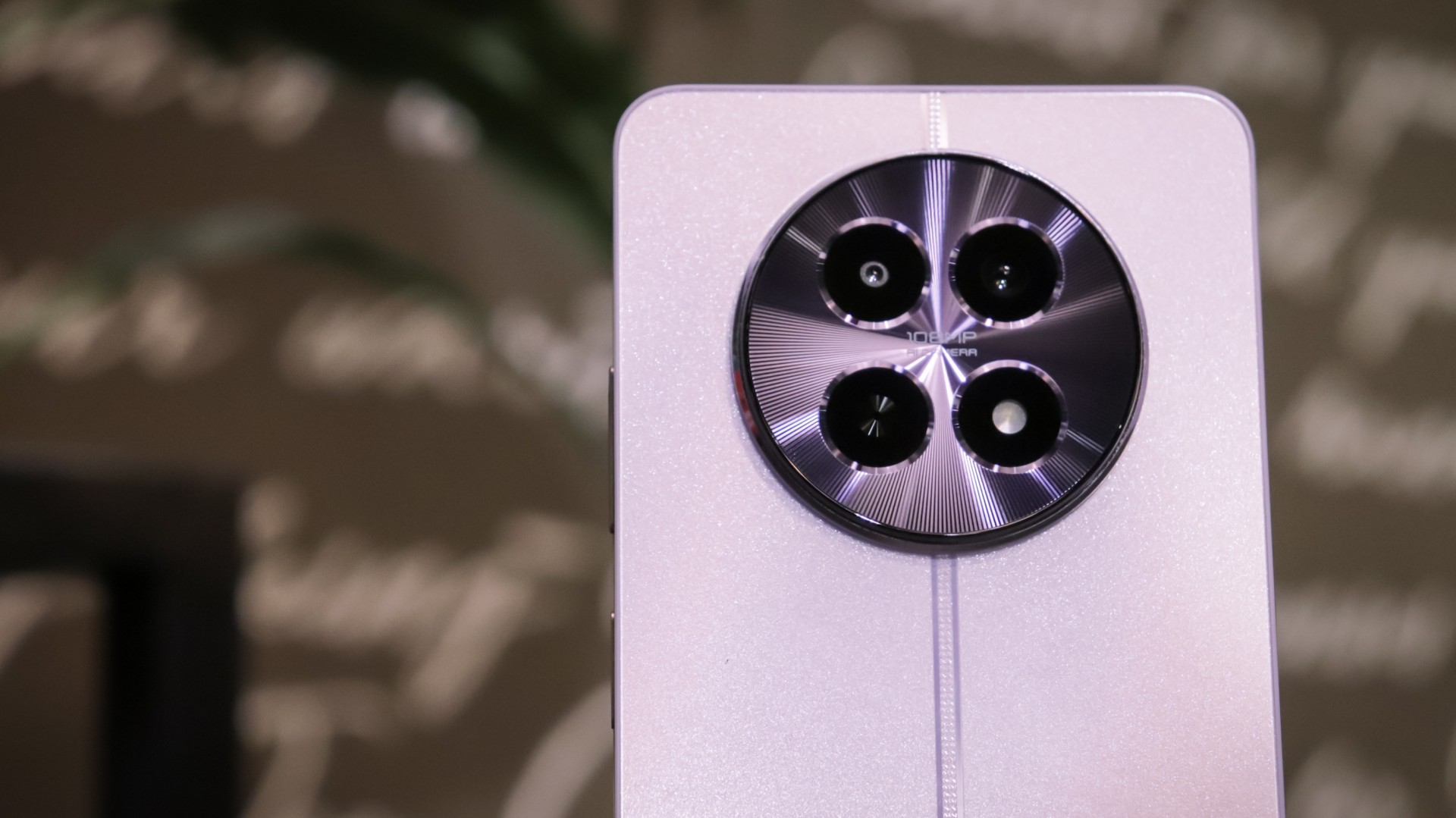
Just when we thought the Midnights’ era was over and the clock’s hands are now pointing to the tortured poets, a ‘Lavender Haze’ has arrived in the midrange smartphone department of the Philippines.
The realme 12 5G is here, and dang, does it look magical!
Just over a month after the official release of the realme 12 series, a new younger sibling just arrived, dead set on satisfying a niche that wants a competitive mobile device but has arguably smaller pockets.
You showed me colors you know I can’t see in anyone else
Right off the bat, the realme 12 5G is nothing short of stunning. The unit I have is in Twilight Purple, and believe me when I say that it’s a feast for the eyes. The other color variant of the phone is Woodland Green and its deep green hues will certainly win many hearts as well.
Despite not having the vegan leather of its older siblings, the realme 12 5G still has the ability to turn heads and serve the borahae aesthetic which a lot of people (count me in!) like.
The camera layout of the realme 12 5G is a visual language we’re familiar with all too well. The luxury watch design is something I will always be a fan of. I really admire smartphone brands that create their own visual identity rather than those who take the easy route of copying a certain bitten fruit brand.
However, I must say that the metal frame of the realme 12 5G is a certified fingerprint magnet. But if you’re like part of the, say, 99% of the population who use smartphone cases, the free clear case that comes straight out of the box is an easy fix. That’s another episode of android-smartphones’-generosity-saves-the-day!
It is also an important thing to note that while I really love the big camera design of the realme 12 5G, it can be bothersome when using the phone in landscape orientation. My fingers are naturally covering/touching the cameras. While it’s not that uncomfortable, you might have to wipe the lenses much more than you think you should.
The ports and buttons are pretty generic for the most part. The volume controls and power buttons are sitting on the right, the USB-C port, stereo speakers, and the 3.5mm headphone jack (yes, a headphone jack in 2024? I know, right!) are on the bottom. realme, however, stepped up the game through the power button because it does not only double as a fingerprint scanner, it also allows custom shortcuts by double-tapping or double-pressing. This feature is called the dynamic button.
A display made for ‘Islang Pantropiko’ (Tropical Island)
Rocking a 6.72 FHD+ LTPS LCD display that supports a screen refresh rate of up to 120Hz is another impressive feature the realme 12 5G boasts under its purple sleeves. With a screen-to-body ratio of 91.4% and a camera punch hole that effortlessly blends with the display, an immersive experience is guaranteed.
The image looks sharp, the colors are vivid, and scrolling on this device is a breeze. Although, I would have loved it more if the bezels are thinner or at least, proportionally distributed but again, that’s just me being a true-blooded Virgo.
But that’s not where the display admiration ends. The realme 12 5G also supports up to 800 nits of screen brightness. It can go further to 950 nits when the ‘Extra Brightness’ mode found on the display settings is toggled on.
This makes the display easily viewable even outdoors. That’s especially true during these ‘Islang Pantropiko’ summer weather when the sun’s scorching heat is not that forgiving to smartphones with dim displays.
The cameras: Do I love it? Do I hate it? I guess it’s up and down!
I would like to be very honest, I initially wanted to name this portion of the review as “The tortured camera department” but I feel like that would not be accurate of what I really feel towards the shooters of the realme 12 5G.
The smartphone sports three cameras in total. At the back lies the 108MP main camera that supports 3X zoom and a 2MP portrait camera. Meanwhile, the 8MP AI selfie camera resides on the front panel.
The quality of the photos produced by the realme 12 5G is a hit or miss for me. There are times when I really feel like it’s doing a great job but there are also times when I just feel like it could have done so much better. Take a look at these sample photos.
Photos taken in broad daylight look pretty good. The colors are vivid and the sharpness is on point. The only thing I can complain about is the dynamic range which, on some conditions, can look underwhelming or too processed for my liking.
Despite the not so accurate edge detection, portrait shots of the realme 12 5G can produce decent outputs. However, I highly suggest using the 1X option rather than the 3X one for a natural looking and overall better quality.
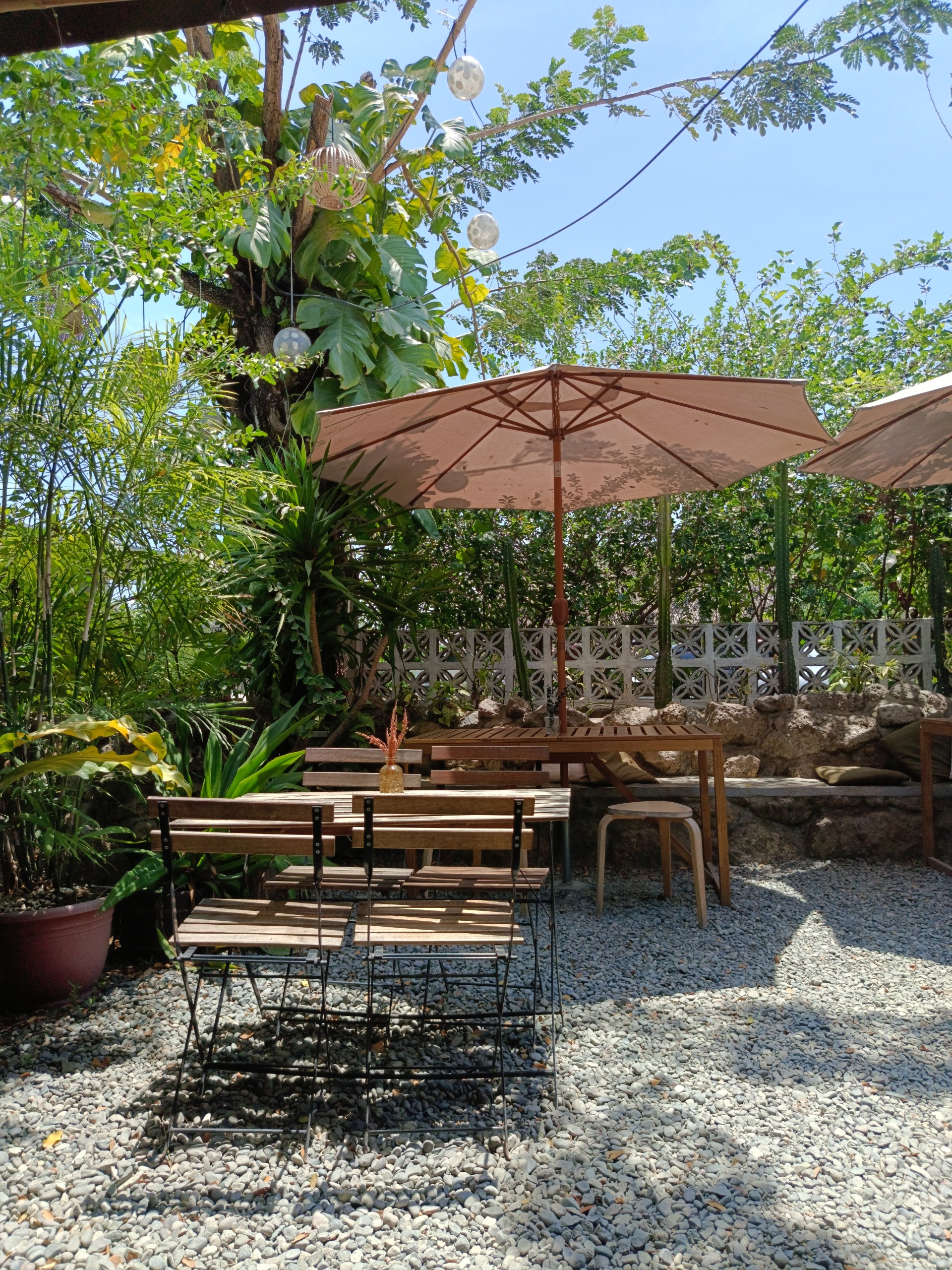
The High Res mode dedicated to capture 108MP photos doesn’t really pose that much of a difference. Sure, the photos may appear a tad but brighter but when looking closely, the highlights are overexposed.
Not just that, photos taken using the High Res mode generate massive files. I even took a single photo that is over 90MB in size.
The 3X zoom seems underperforming and inconsistent as well. The photos can look good and usable one time but frequently, it just appears oversharpened and heavily processed. The colors can be too saturated as well.
Low light photos taken using the realme 12 5G is also another yin and yang for me. When there is enough light, it can produce really impressive results but it can also struggle during the darker times when you feel like you really need it to perform as intended.
As for the selfies, I can say that I am quite happy with the phone’s performance. It may not be flagship level but it won’t let you down in your “me” moments.
The video is limited to 1080p at 30FPS for both the rear and front-facing cameras. I do believe that there’s some sort of EIS for the rear camera but the quality is nowhere near amazing.
So long, realme
One thing I really love about the midrange Android market is despite the competition price point, companies are really generous when it comes to battery and charging speeds. realme 12 5G is not an exception.
Packed with 5000mAh battery that supports 45W SUPERVOOC charging, quick battery drain and slow charging speed are a thing of the past. Being a heavy social media user, the realme 12 5G lasted me a whole day of use with a few more juice left before I reached out for its charger.
realme promises a 0-100% of charge in just 83 minutes. True to its claims, I was able to charge the phone from 20% to full in just 72 minutes. Impressive is an understatement.
You need to calm down, you’re being too loud
The realme 12 5G’s dual stereo speaker also has a feature called the Ultra Volume Mode that allows you to push up the volume level up to 200%. While it’s not necessarily bad, I find the audio quality to be a little bit harsh-edged and crunchy.
The bass is really lacking as well to the point that it kinda affects my music time with my current favorite bubble gum P-pop songs. The normal volume, albeit a little bit better, is not really an entirely different story. This just goes to show that just because it’s loud, doesn’t mean it’s a great speaker.
I think there’s been a glitch…or two?
Moving forward to speed talks, the realme 12 5G is powered by MediaTek Dimensity 6100+. Basic operations like browsing on social media is an easy feat for realme’s newest midrange device. Even multitasking seems smooth on this device, switching back and forth between apps hasn’t really been an issue on my end.
It does reload some apps, mostly games, when reopening them but I feel like that’s pretty normal for midrange android devices.
The gaming experience, however, is kind of underwhelming. When playing Roblox even on automatic graphics quality, I still experienced a considerably significant amount of frame drops. That became more frequent when I dialed up the graphics settings to maximum quality.
Surprisingly, I didn’t notice any frame drop when I played Asphalt 9 on default graphics settings and only a few occurred when I modified the settings to the highest graphics quality and 60FPS option.
As for the device’s temperature, the realme 12 5G may warm up during heavy use over an extended period, but it remains comfortable to hold. A brief rest allows the phone to cool down quickly.
You’ve got some tricks up your sleeves
Another thing that makes the realme 12 5G so interesting is the special features that come with it. Even though some of them can be viewed as plain gimmicks, some could be really useful. For example, the mini capsule 2.0 as realme likes to call it is an animation feature that is quite similar to Apple’s dynamic island, is nowhere near impressive and does not really improve the phone’s functions in any way.
On the other hand, the Snap Cards feature of the device which allows you to use your phone to store RFIDs by scanning the actual RFIDs could be a game changer for some people. Imagine you forgot your work RFID that records your attendance but hey, your phone is there to save the day! I believe things like these are what makes the realme 12 5G a fun device to have inside your pocket.
Other features worth mentioning include RAM expansion, dynamic button, and extra brightness.
Final Thoughts
To sum everything up, the realme 12 5G offers a wide spectrum of features a lot of people will love. With its unique aesthetic and color options, impressive sunlight display, and long-lasting battery life, it offers a holistic and fun experience for its users. . The device’s ability to deliver decent photos is also worth keeping in mind.
Its performance, although not perfect, still provides a satisfying user experience. To top all that off, it also has special features under its belt. With its competitive pricing, I will definitely recommend the realme 12 5G for people who love aesthetics and value functionality but do not want to break the bank.
Pricing and Availability
The realme 12 5G is the least expensive offering among the realme 12 series. Priced at Php 14,999, the handset comes with 8GB of RAM and 256GB of storage. You may purchase the device and get freebies on realme’s TikTok shop until April 30. The realme 12 5G will also be available on realme’s official Shopee and Lazada store on May 5 to 10.
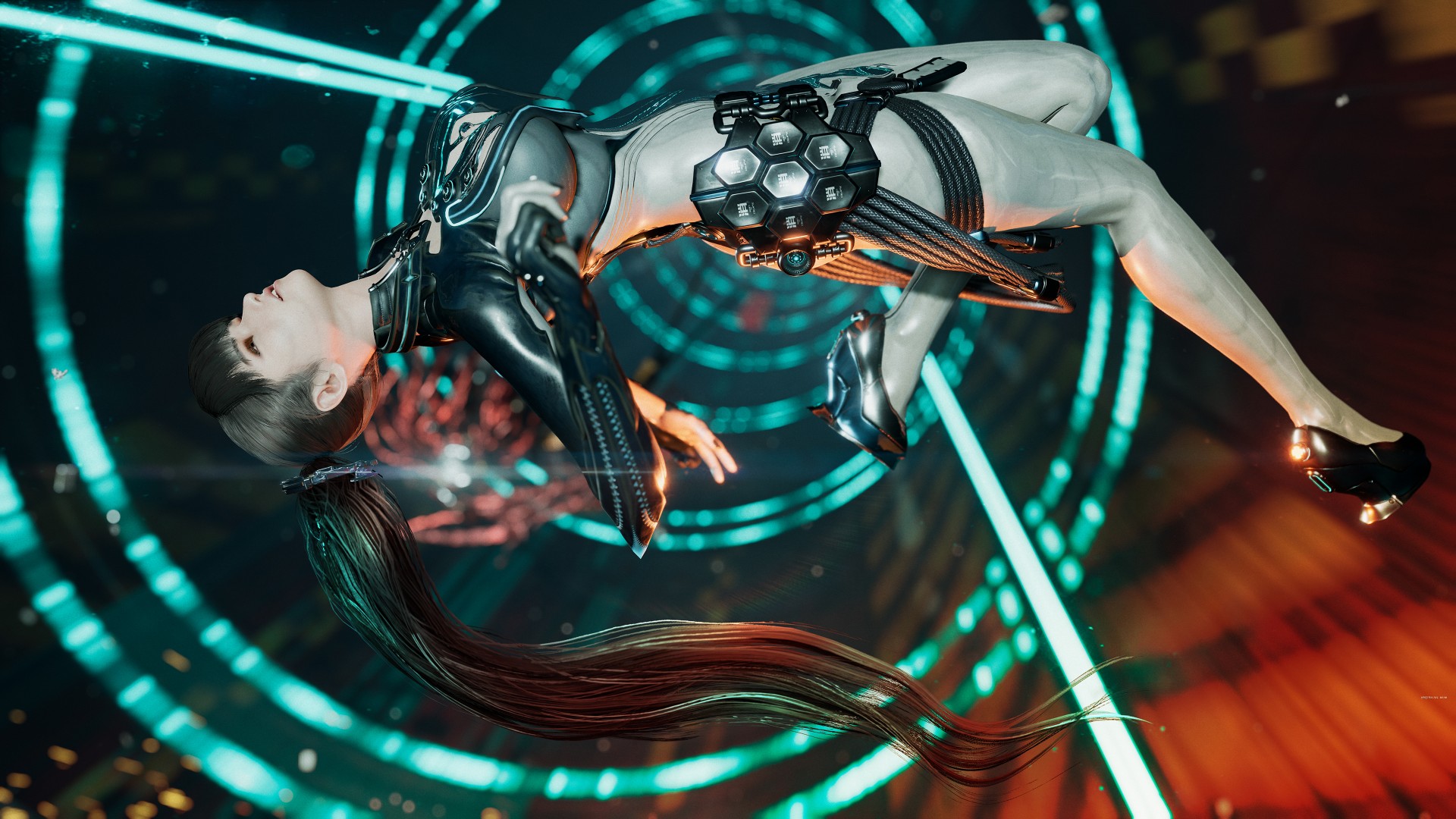
We didn’t have the best impression of Stellar Blade after spending time with the demo. Unlike certain players who poured a full game’s length of hours playing, our reception was lukewarm due to various reasons. But after finally having some time to focus on it, we now have a better understanding of its charm–and that goes beyond character design.
The game’s director has been ever-present in various gaming and tech news websites sharing nuggets about the game and reacting to the many comments made about the proportions of its female characters. That’s a rabbit hole we’re not diving into. Instead, we’re piggy-backing on one of his responses: Just pick up a controller and play it.
Steep combat learning curve
Stellar Blade’s combat didn’t click with us right away. But that’s because we approached it more like a hack-and-slash and not for the precise combo-parry sequence that it demands. A fellow reviewer aptly described our experience: It was a lot more “Soulslike” than we anticipated.
It took a while to get over that hurdle. For one, this writer isn’t particularly fond of Soulslikes. Skill issue. That’s tough considering a big part of this game’s charm is its combat. We can’t say that it fully clicked with us, but it certainly has its moments.
In combat, you have to pay attention not only to your enemy but also to how the protagonist, Eve, acts in different combo animations. If you’re not careful, you might find yourself getting hit during a lull in your combo.
You don’t have to memorize every single combo, although if you could, that’s certainly an advantage. We can compare the practice to memorizing combos of characters in Tekken, although at a milder rate.
Parrying is tricky but that’s not the only way to counter your enemies. One of the first skills you unlock is one that lets you get behind your enemy after they unleash a fatal attack (cued in with blue indicators) and hit back with your own counter. The animation looks so good that you’ll feel like an absolute badass every time you do it. It’s one of the moves that never got old throughout the entire playthrough.
As you progress through the game you’ll unlock ranged weapons that will expand your combat capabilities further. Hard combat enthusiasts should have a field day.
For more casual players, there’s no shame in switching to Story Mode which is what we did for about 70% of the playthrough. It’s easier, sure. But it can still present challenges especially during certain encounters.
The boss battles are TOUGH
We’re going to chalk this up again to skill, and perhaps patience, issue. But Stellar Blade’s boss battles are incredibly tough. Not to the point that you’ll want to throw your DualSense controller though.
What can make it frustrating is that the patterns of the enemies, especially the earlier bosses and mini-bosses, are easy to track. But they’re not exactly easy to deal with.
Parrying becomes an even more critical skill in these encounters. It’s one of the reasons why we opted to slide down the difficulty. Otherwise, this writer will never finish the game.
Pulling from different games, worlds
We have seen many compare Stellar Blade to the Nier games. Other than the setting, another big contributing factor in that comparison is the soundtrack.
During roaming, exploring, and combat, the music will change from time to time. However, they stick to this theme that’s a little eerie. It’s hard for us to describe but it’s almost like a crescendo that never quite swells up. It matches the game’s world perfectly — it feels hollow and devoid of life but still has a sliver of hope.
Combat isn’t the only thing you’re doing here. While it’s mostly linear at first, Stellar Blade offers a healthy mix of exploration, platforming, and puzzle-solving.
The puzzles don’t get in the way of the pacing. They’re quite engaging and offer a decent level of challenge. Roaming and exploration will yield you loot to improve your gear and stats. Occasionally, a Naytiba (the game’s primary foils) will surprise you for a good jumpscare moment.
Stellar Blade doesn’t reinvent anything nor does it offer anything particularly new or groundbreaking. But everything it borrowed from other games is retrofitted to match the game’s vibe and overall aesthetic. The result is a polished experience of familiar gaming mechanics.
Eve
Another aspect that did not grab us as much during the demo is the main character, Eve. The first hour of the game doesn’t do much to endear the player to her.
That slowly changes as you play through the game. Through a mix of cut scenes and world-building collectibles, you get a better sense of what Eve is, her mission, and ultimately her purpose.
If you’re familiar with the animé Violet Evergarden, Eve and that show’s protagonist share a similar character arc. They initially seem one note and bland, but the layers are peeled back as you learn more about them and how they relate to the world and the people around them.
Is she hot? Hell yeah. But as cliché as it is, she’s certainly more than what meets the eye.
Should you play Stellar Blade?
Unlike the PlayStation 5 exclusive that immediately preceded it, Stellar Blade has plenty in common with past PS5 exclusives — visually captivating, cinematic experiences, with satisfying gameplay.
Its level of challenge is closer to Sekiro and Bloodborne but it’s also not quite as difficult. In the same category but certainly not in the same stratosphere.
It also has an alluring charm that goes beyond its aesthetics. As mentioned earlier, nothing about it is particularly new or groundbreaking. But it’s polished and cohesive. There’s something about the overall feel of the game that draws you in and makes you want to see it through.
Stellar Blade is a Day 1 purchase if you’re up for the challenge. And if you consider the game director’s goal of having a high quality AAA console game from South Korea which is dominated by PC and mobile gaming, we say they did just that. Now, it’s just up to us to pick-up the controller and play.
-
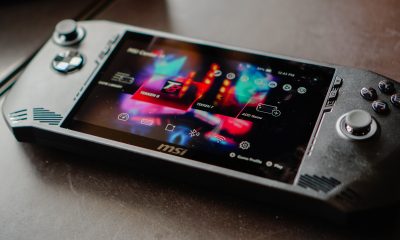
 Features2 weeks ago
Features2 weeks agoWhy choose the MSI Claw?
-
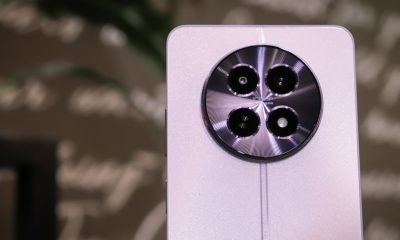
 Reviews7 days ago
Reviews7 days agorealme 12 5G review: It was enchanting to meet you
-
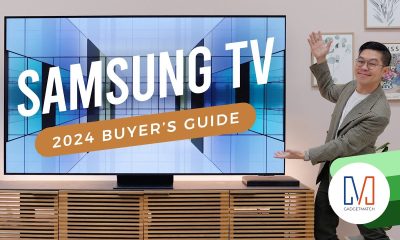
 Buyer's Guide2 weeks ago
Buyer's Guide2 weeks ago2024 Samsung TV: Buyer’s Guide
-

 Reviews2 weeks ago
Reviews2 weeks agoJBL Soundgear Sense review: Make every run magical
-
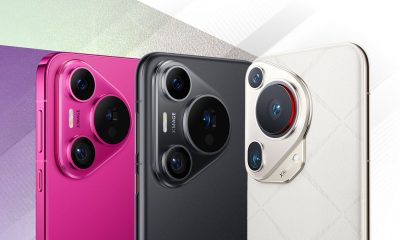
 Smartphones2 weeks ago
Smartphones2 weeks agoHuawei Pura 70 series is live in China
-

 Reviews3 days ago
Reviews3 days agoOnePlus 12R review: Making sense of OnePlus’ latest flagship
-

 Reviews2 weeks ago
Reviews2 weeks agoChallengers review: A thrilling drama wrapped as a tennis anime
-
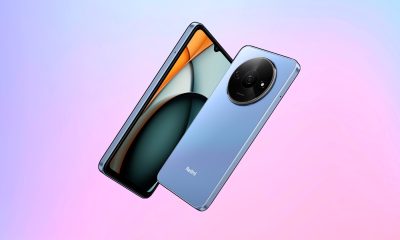
 News1 week ago
News1 week agoXiaomi Redmi A3 Philippine pricing, availability


